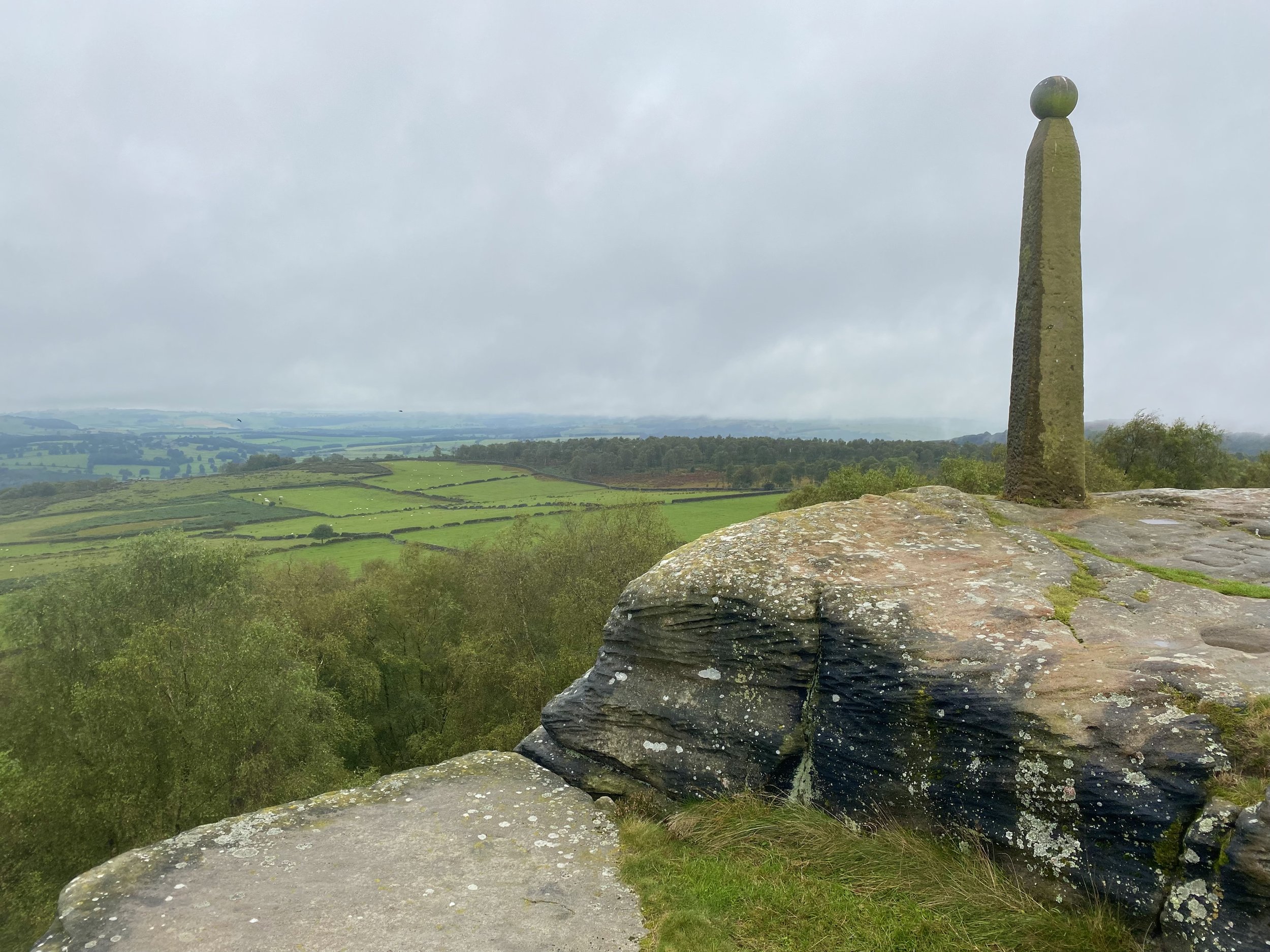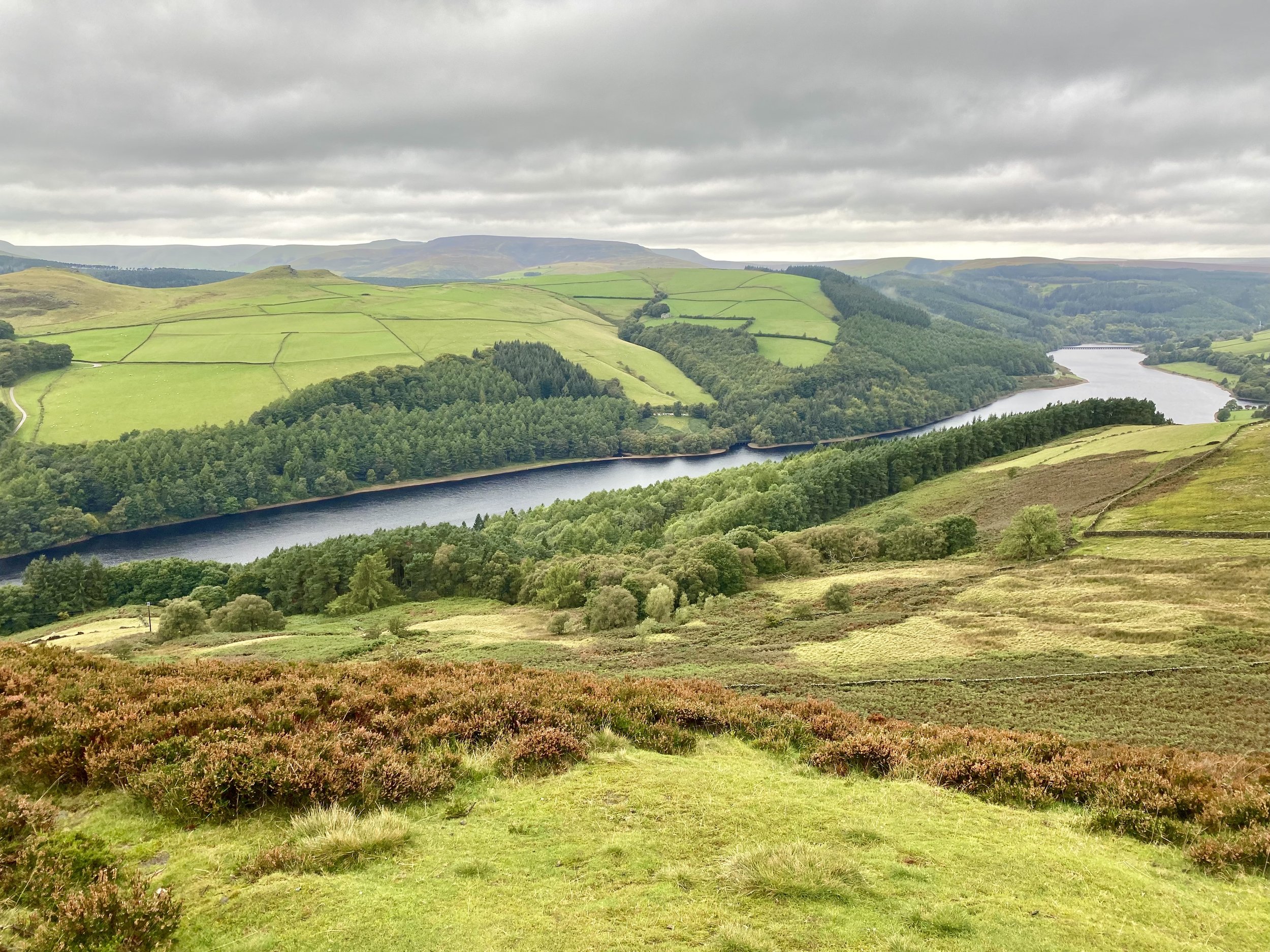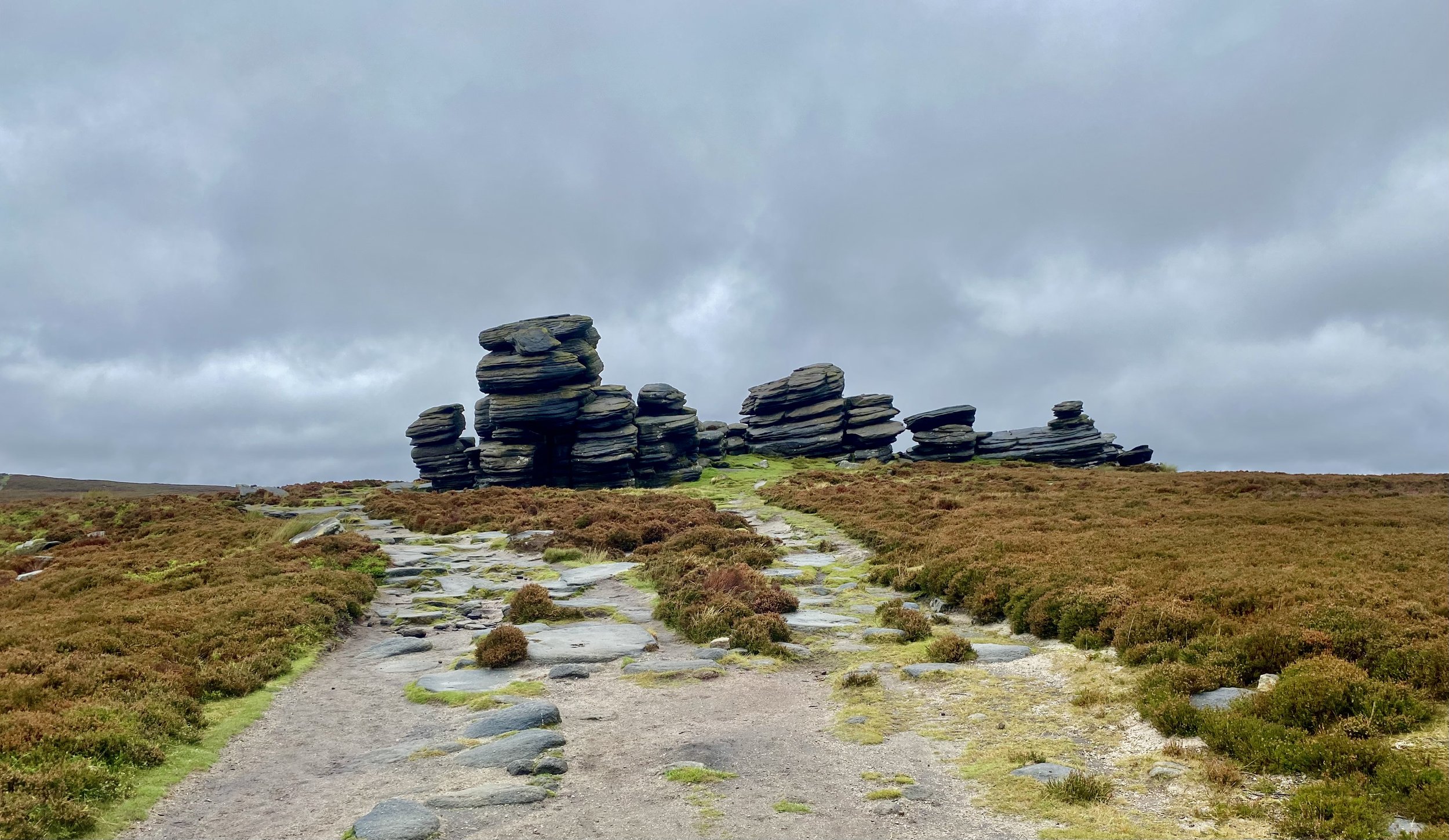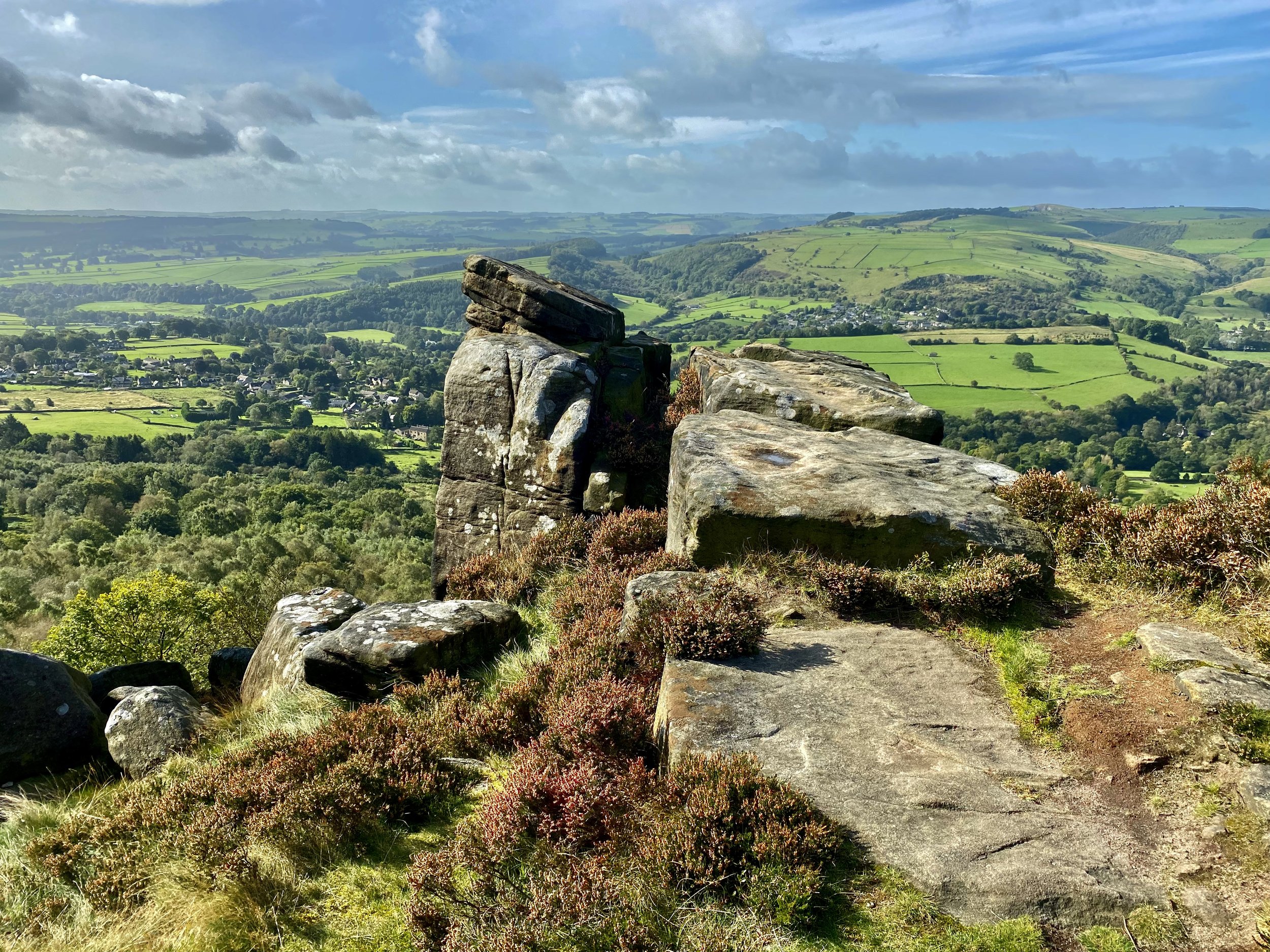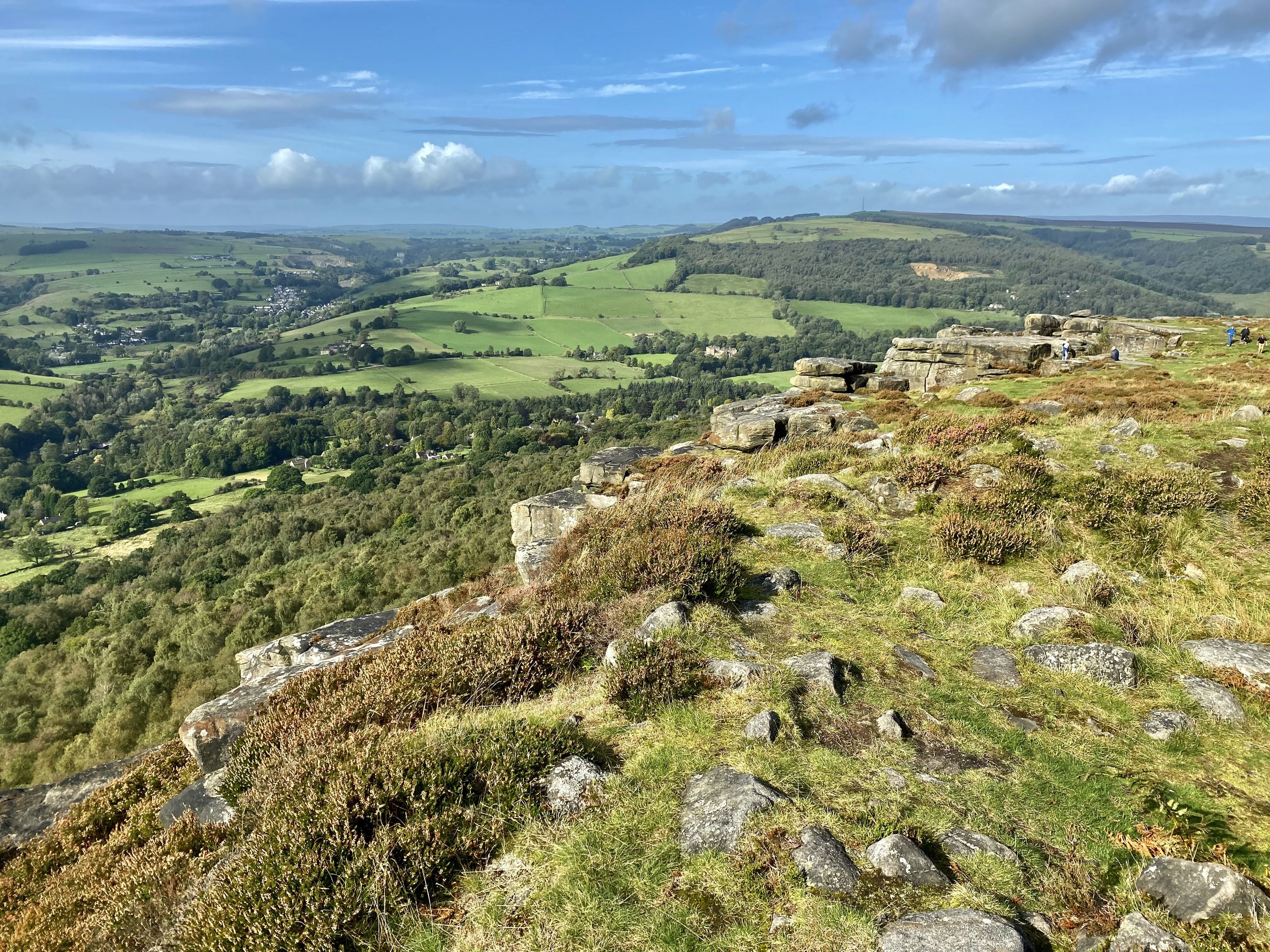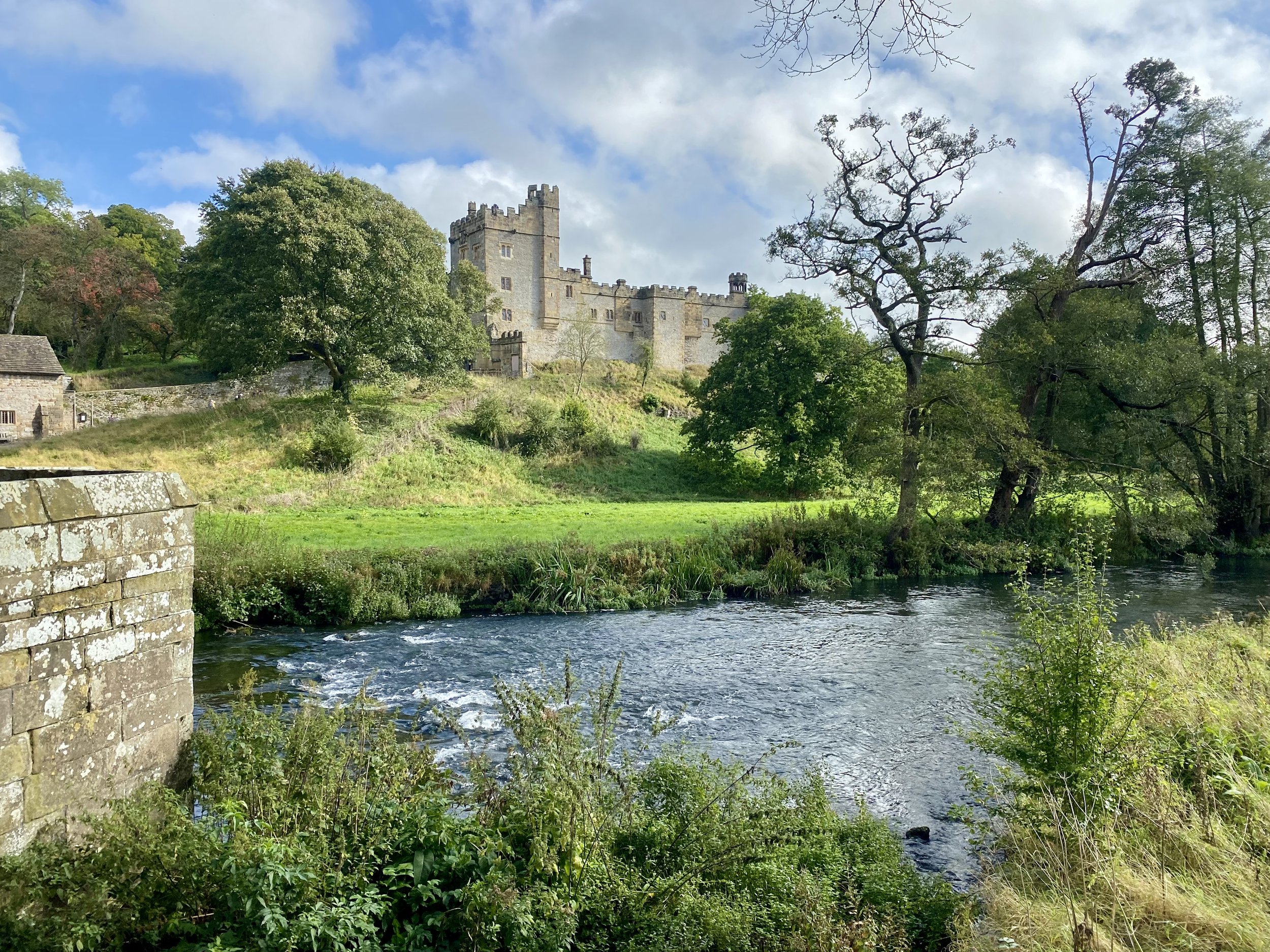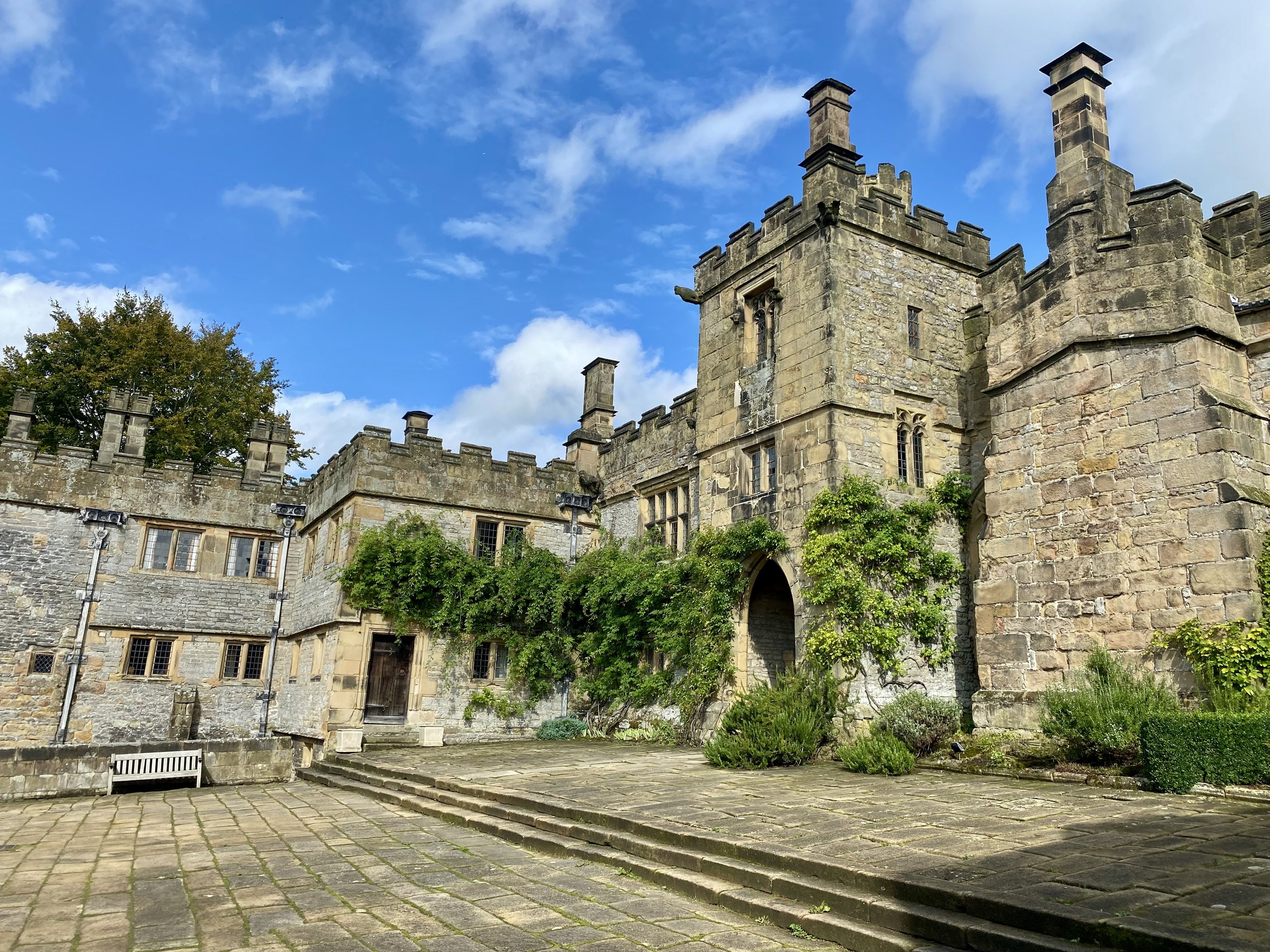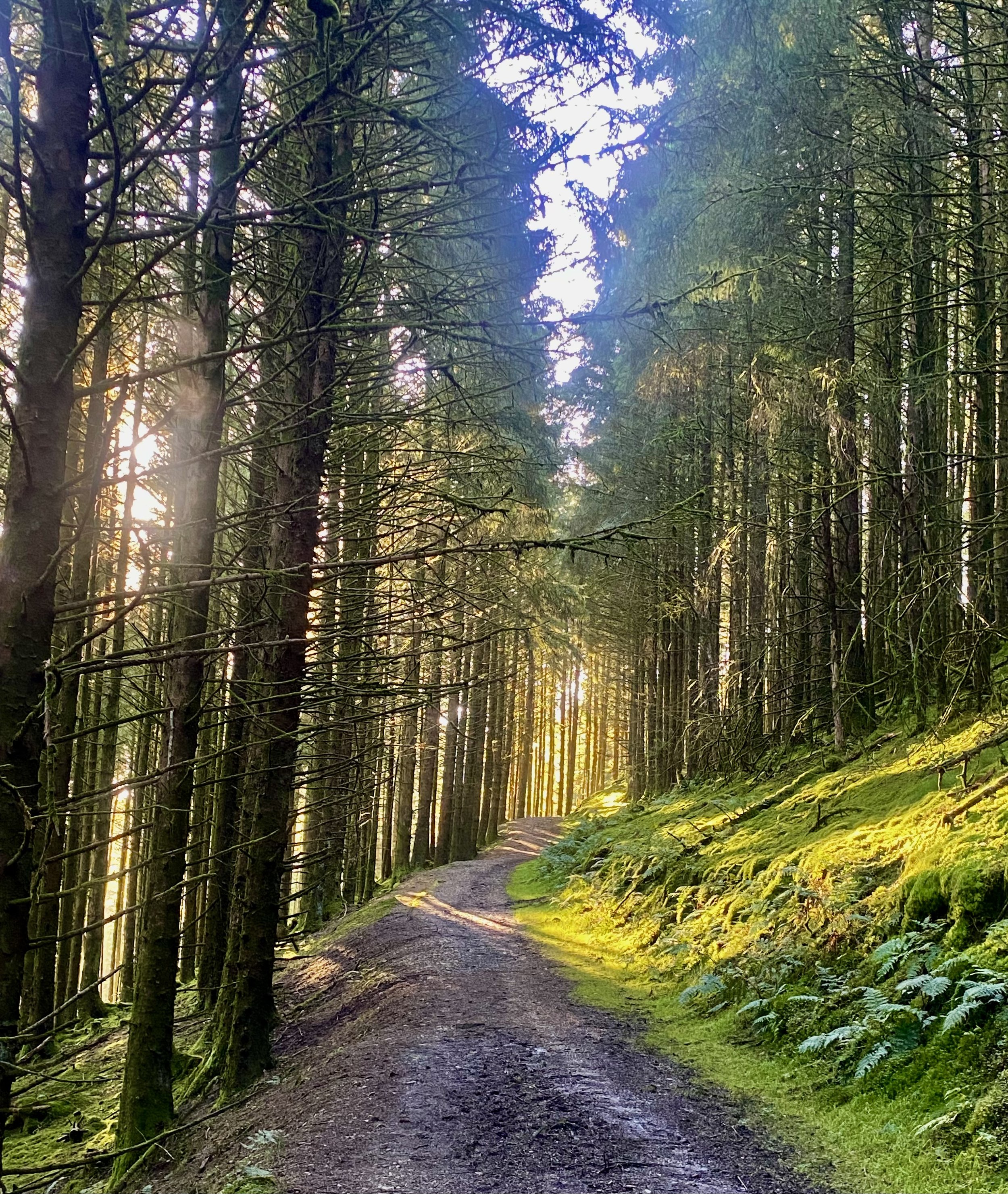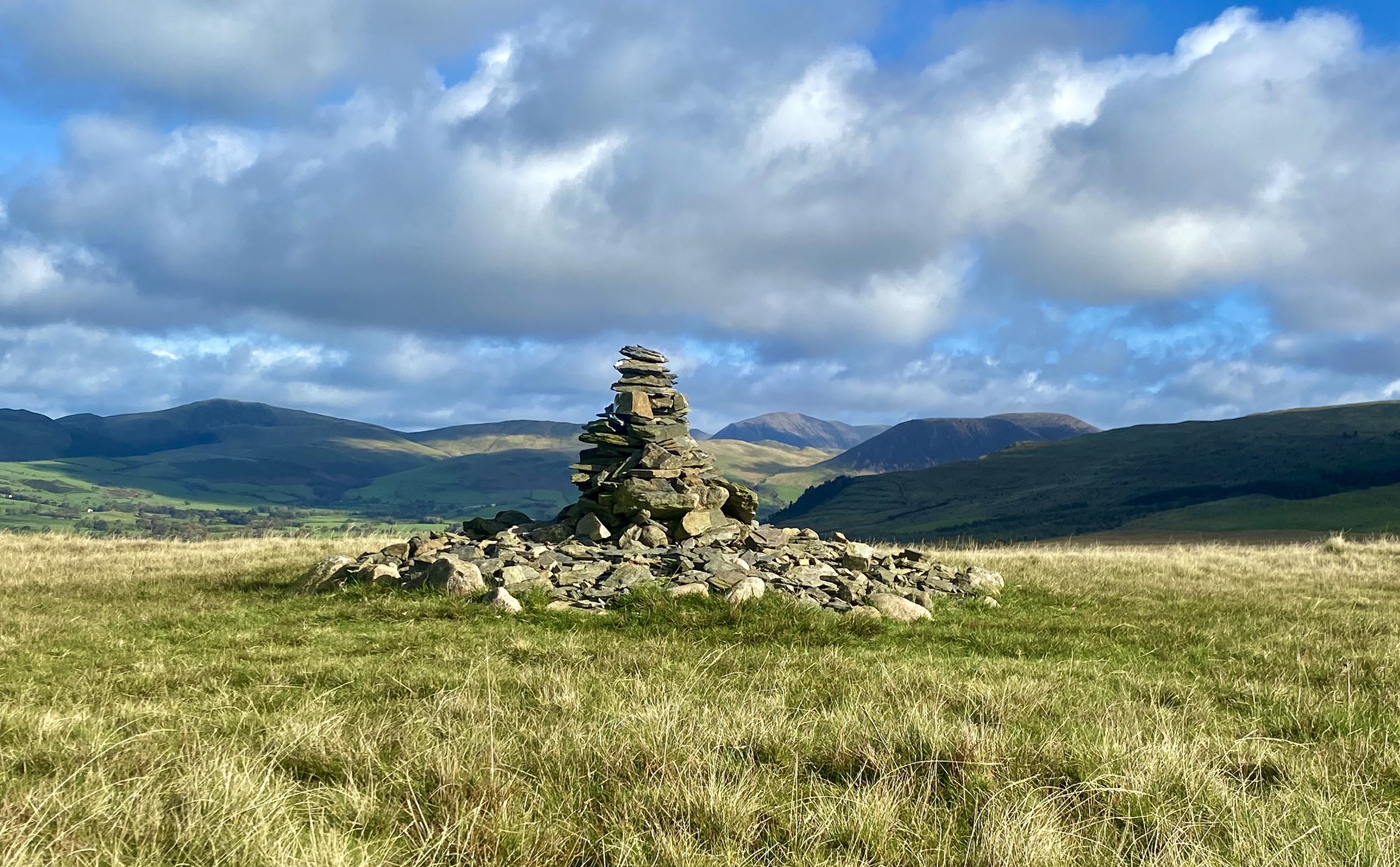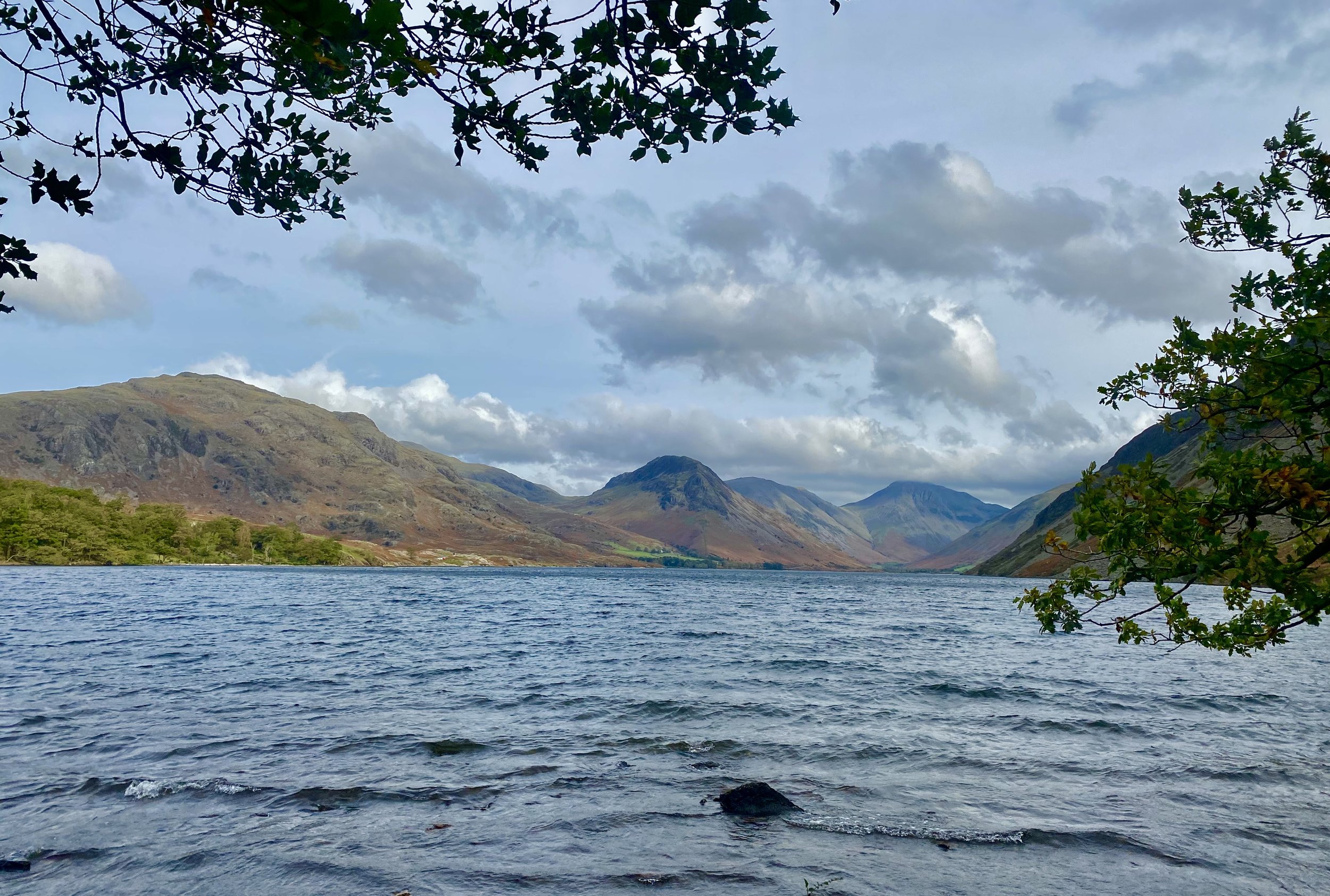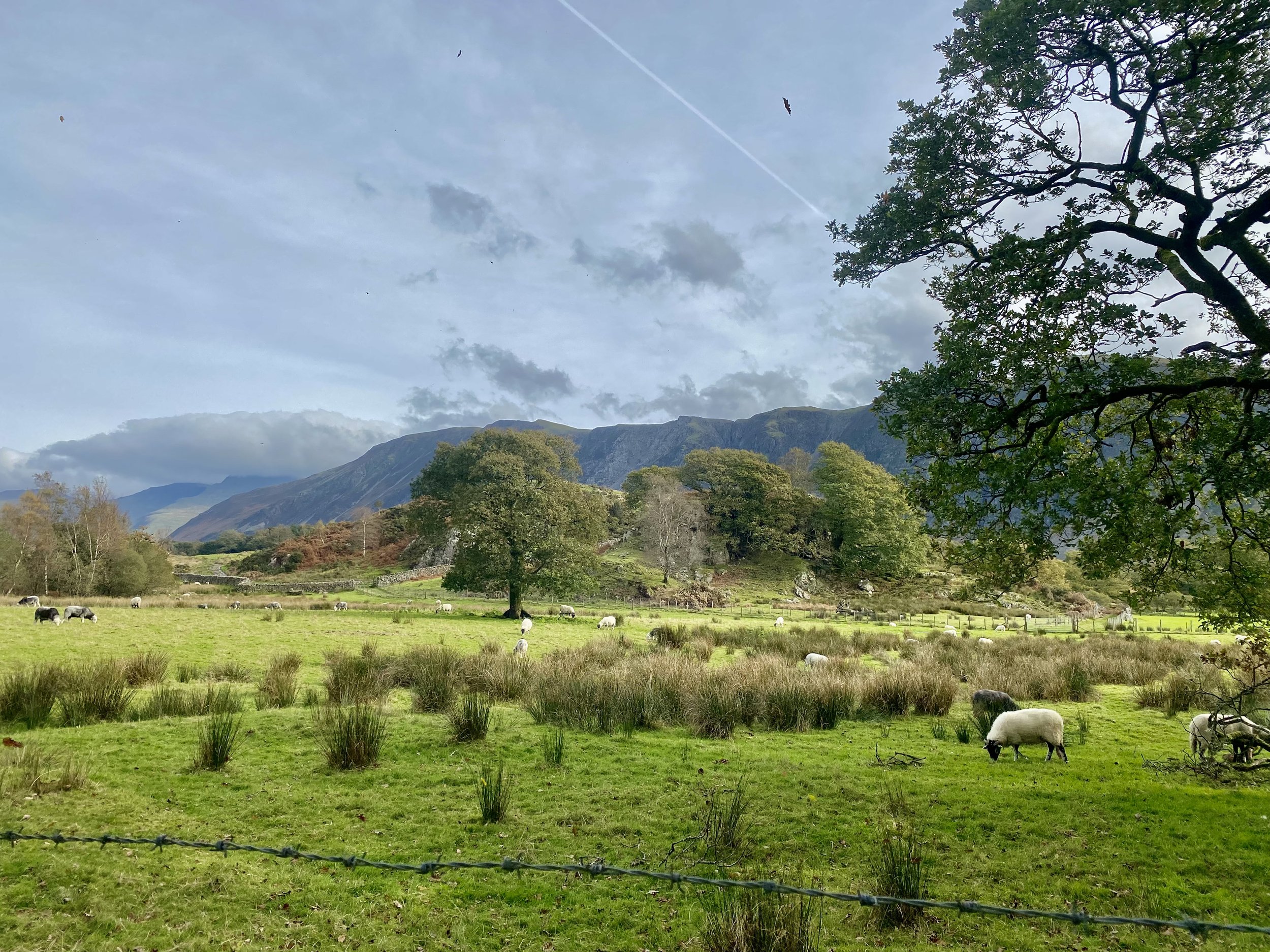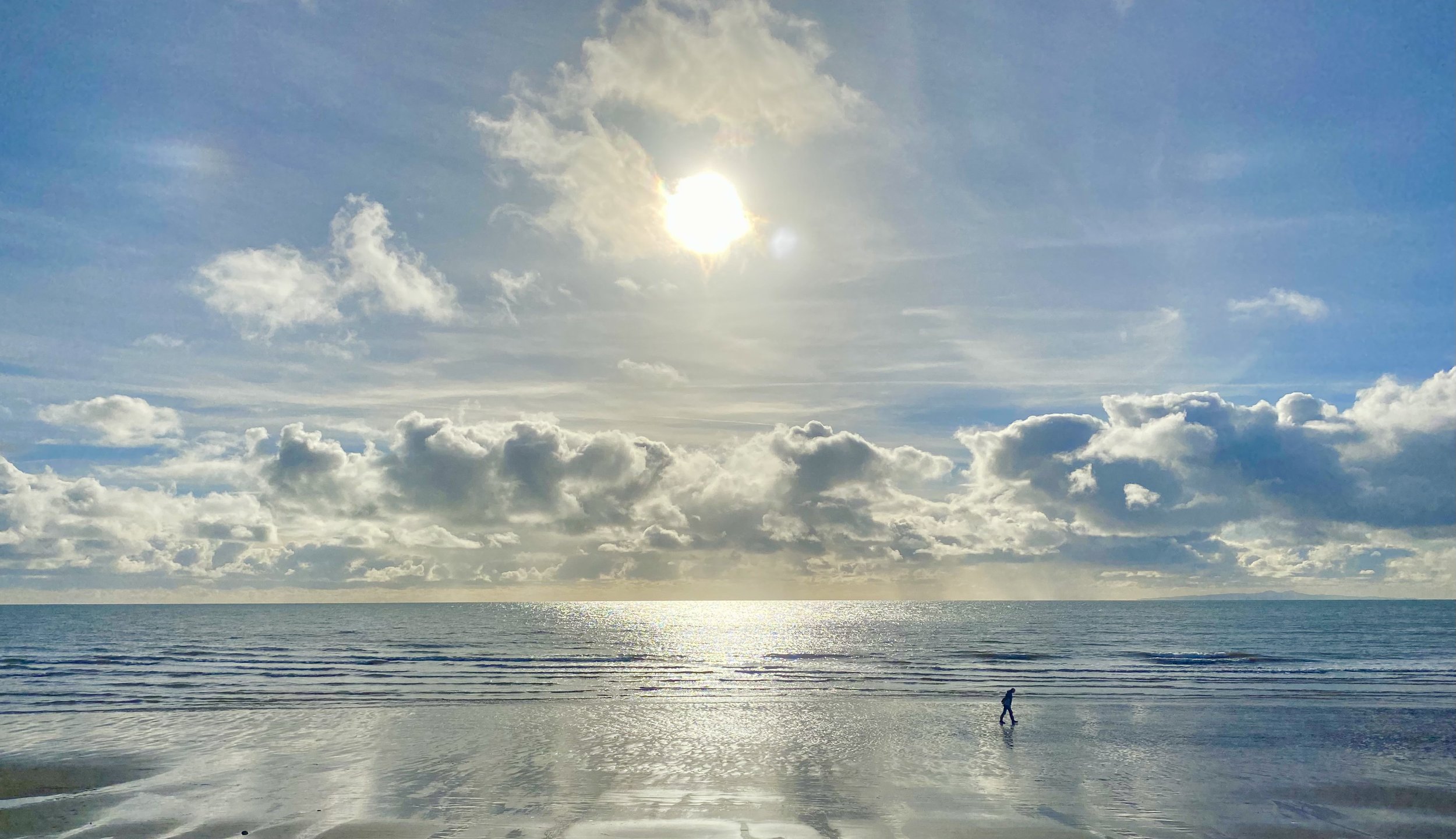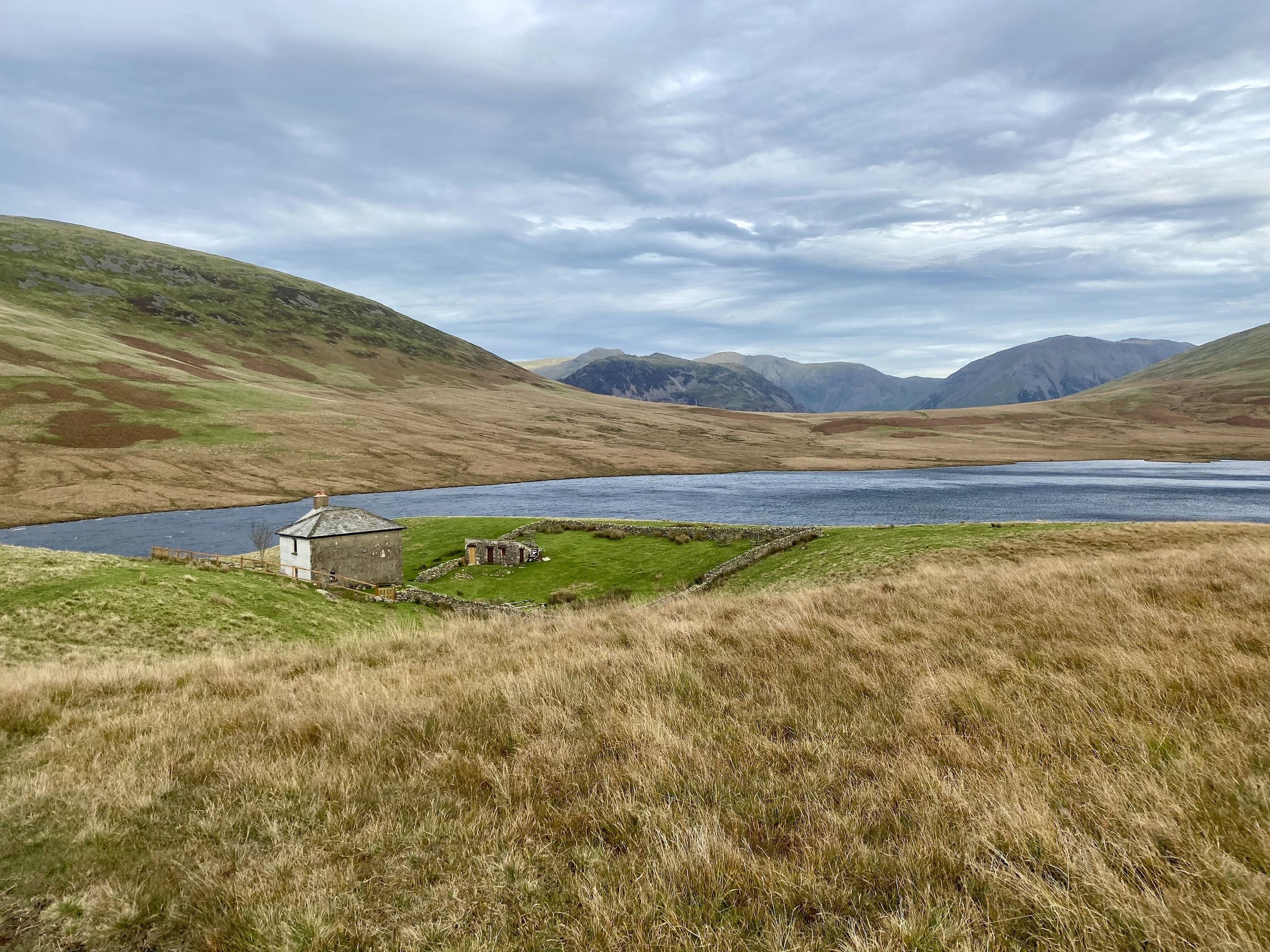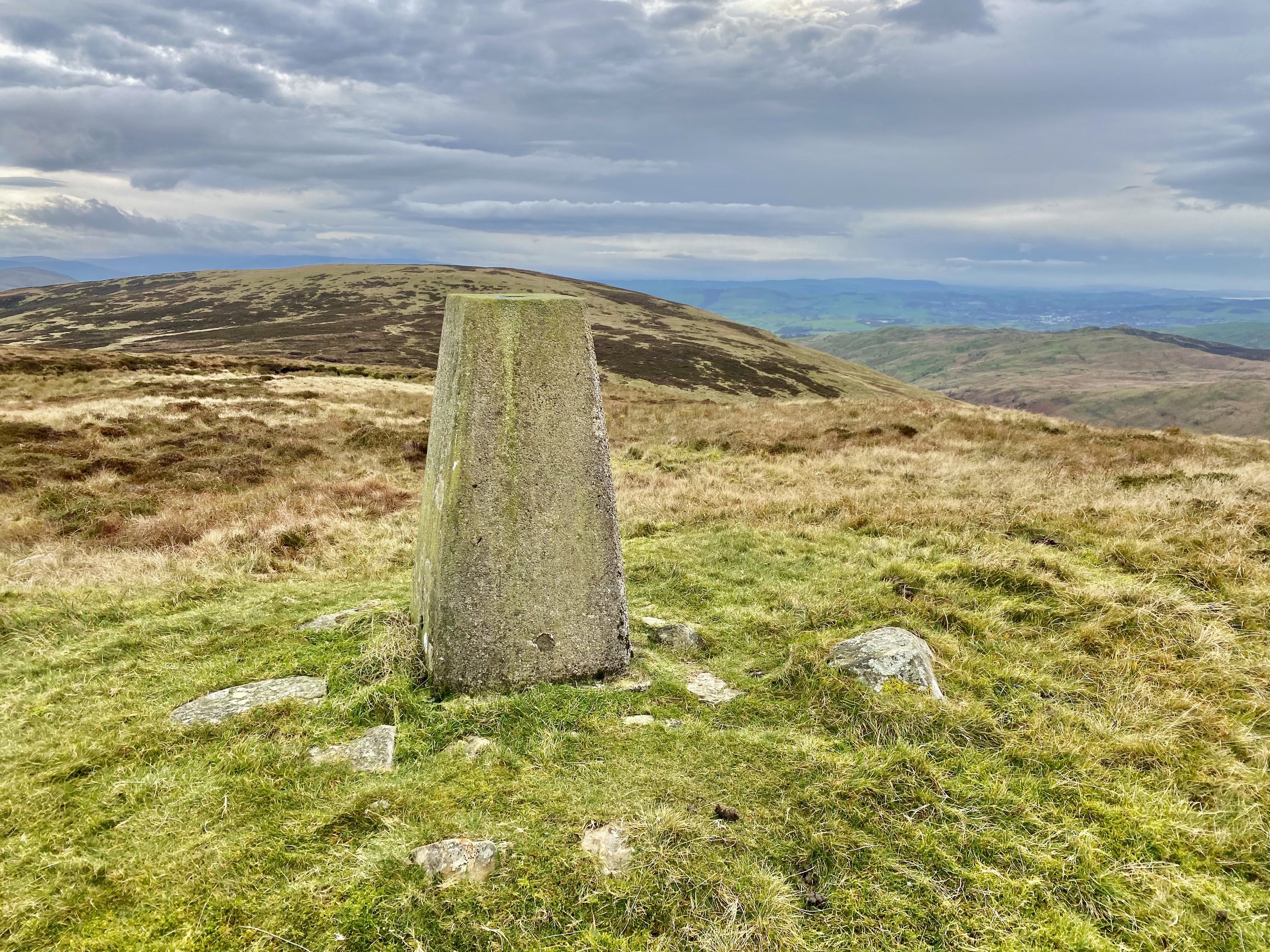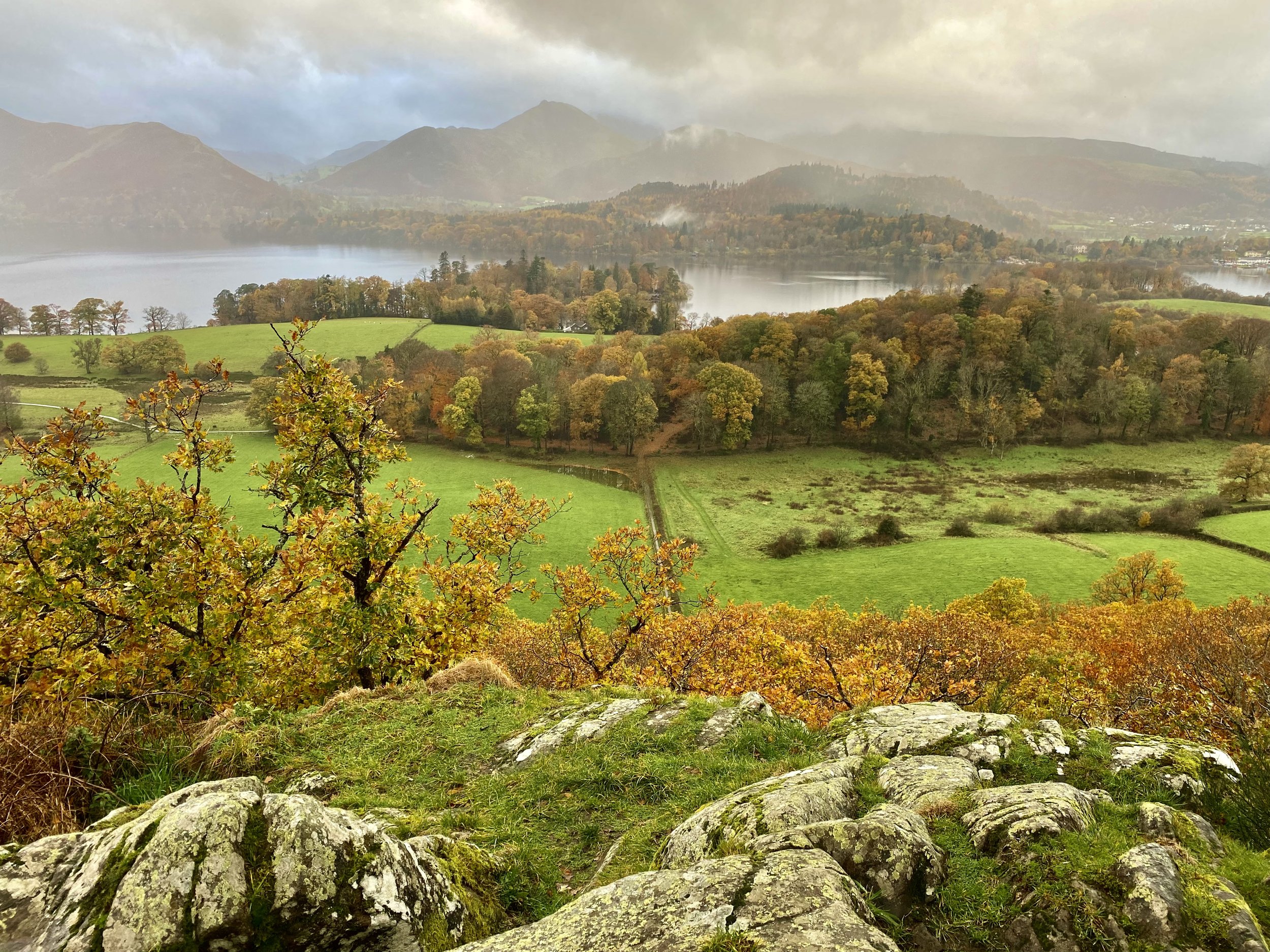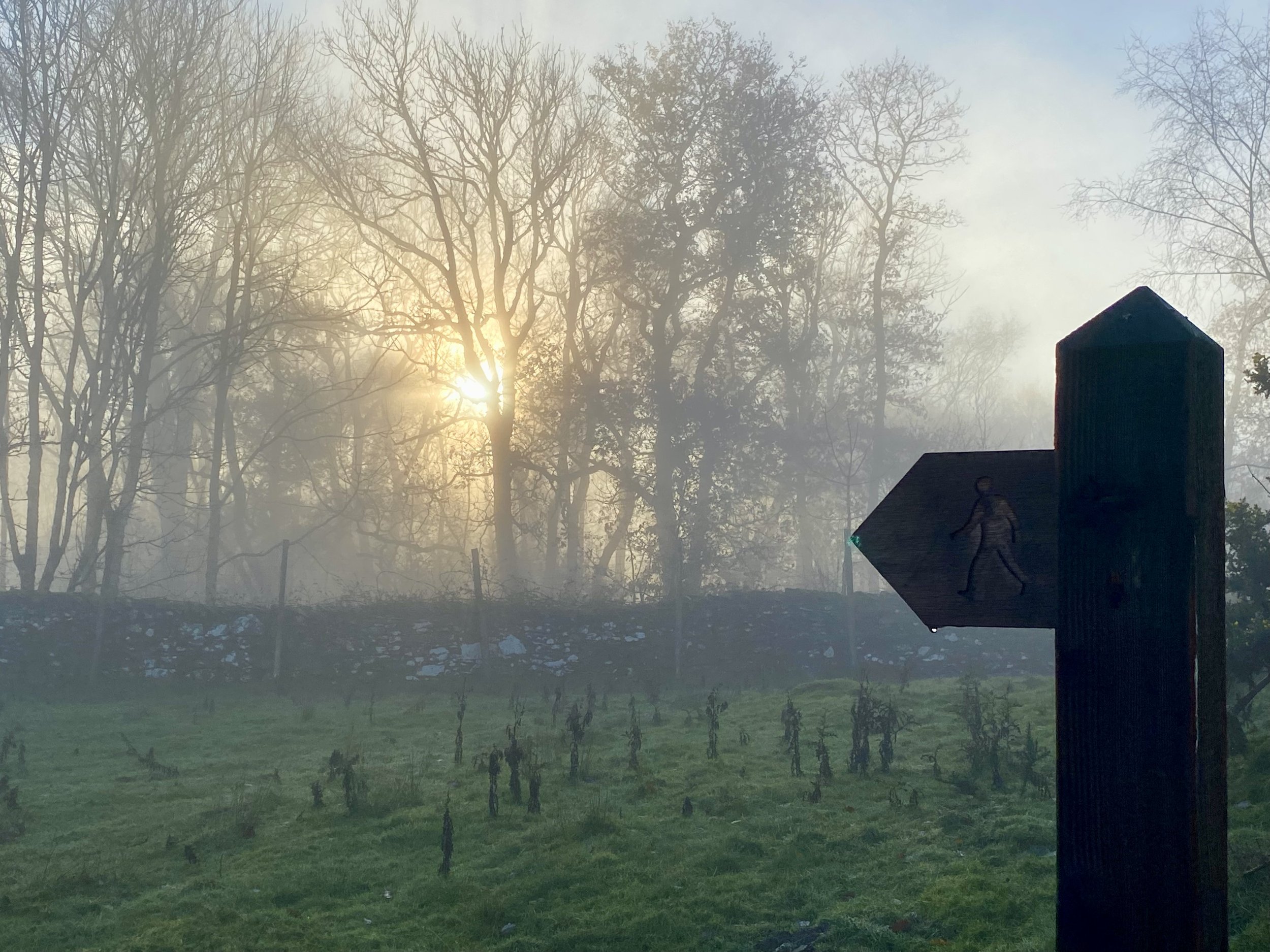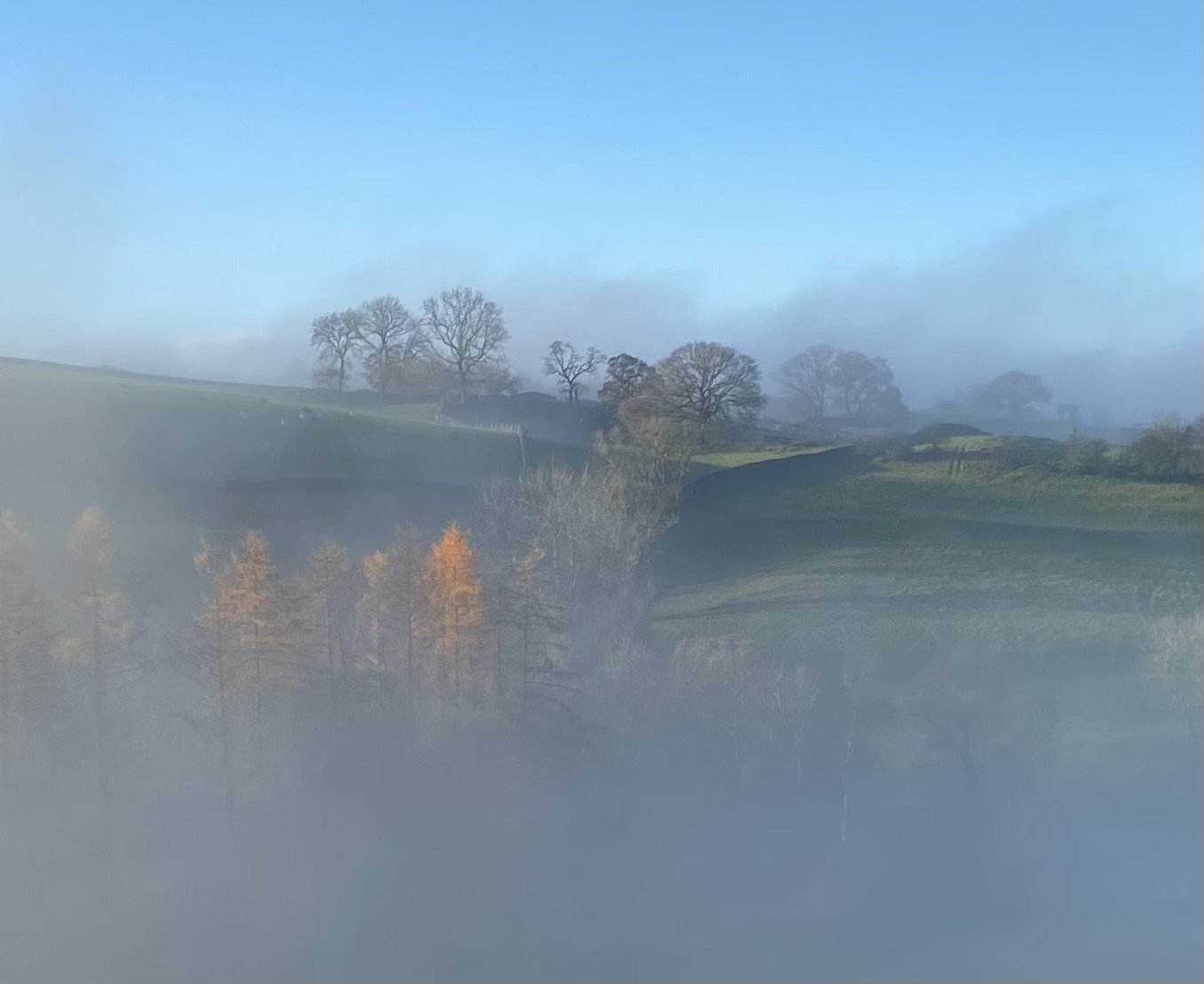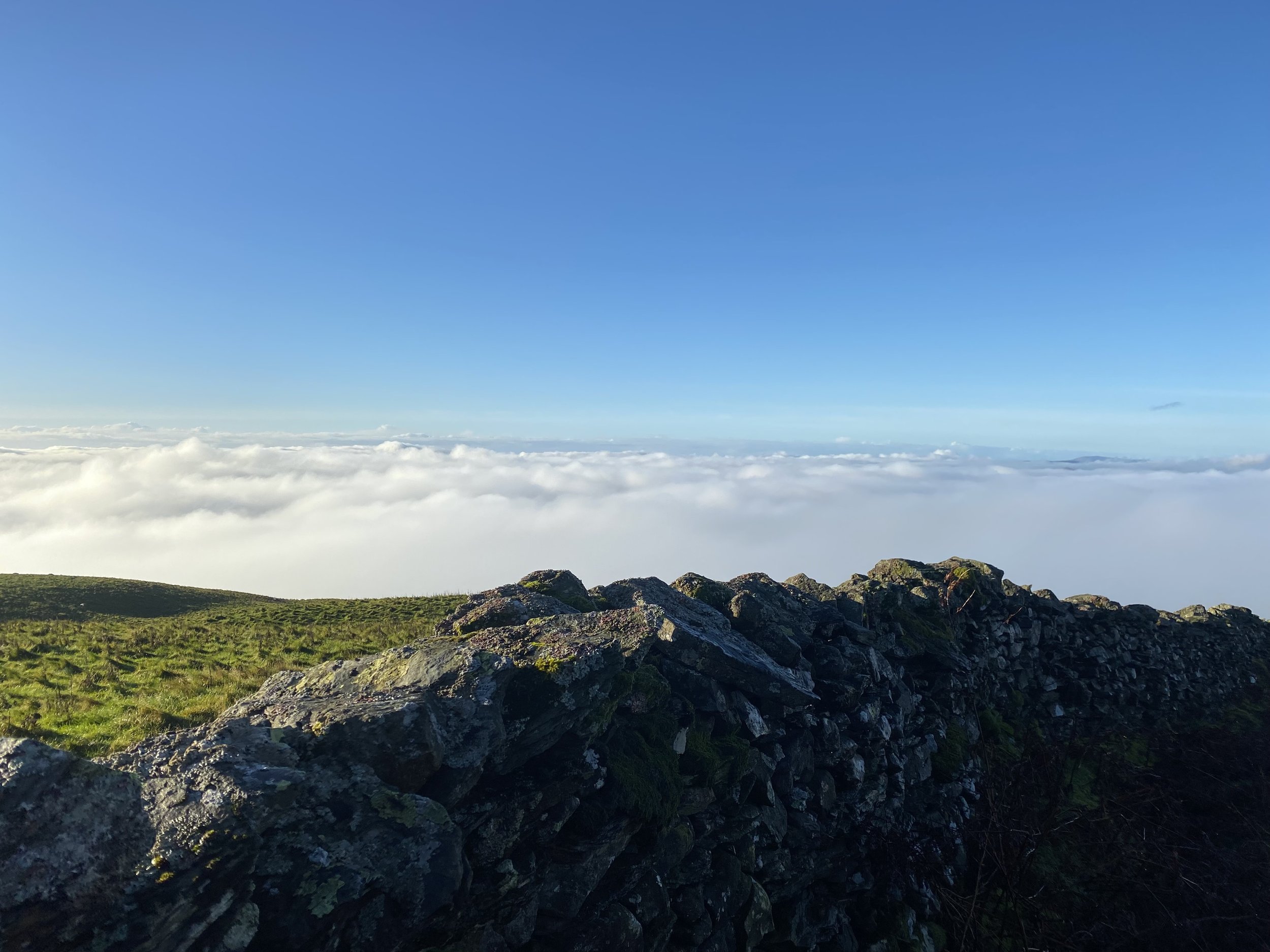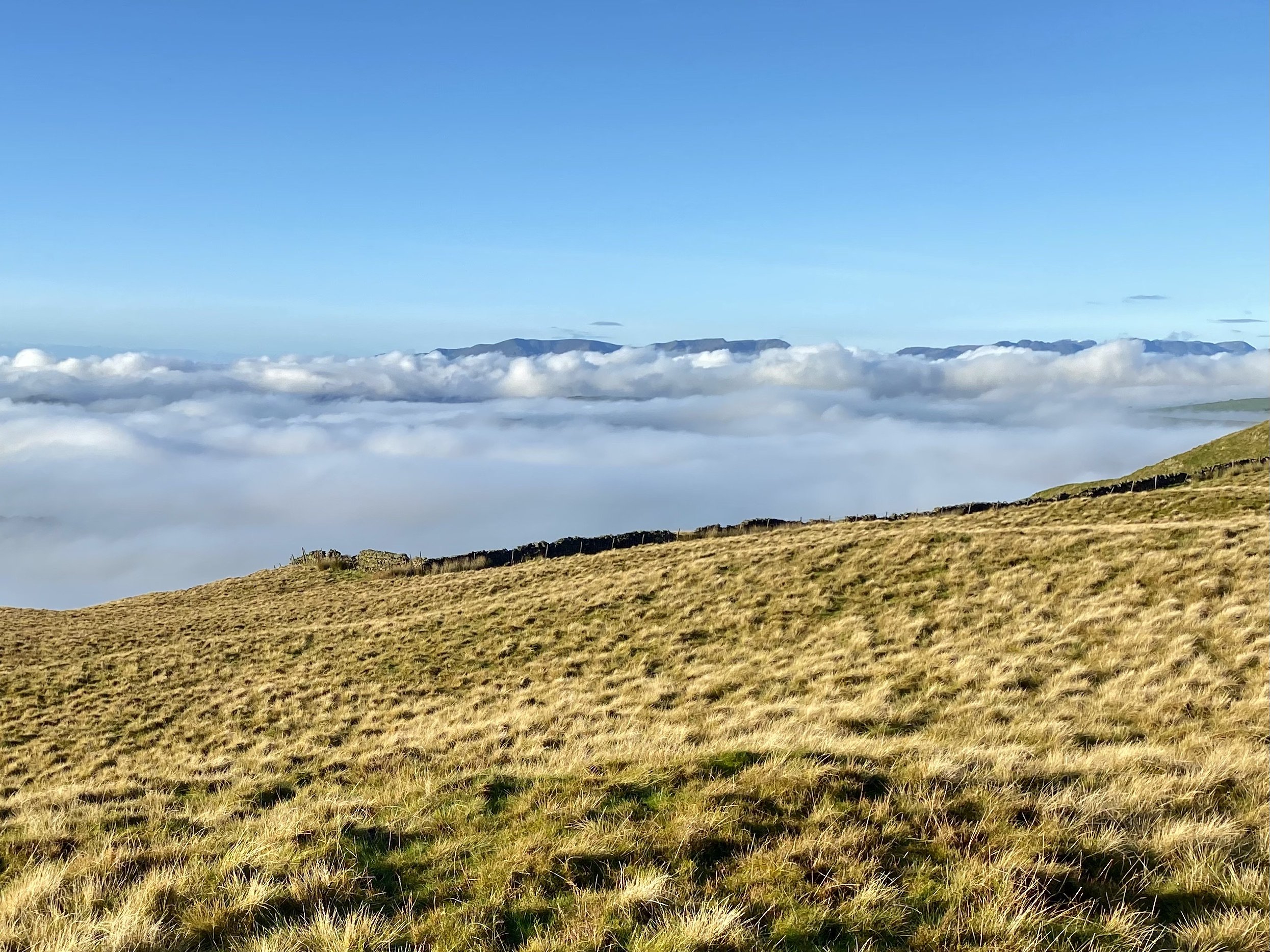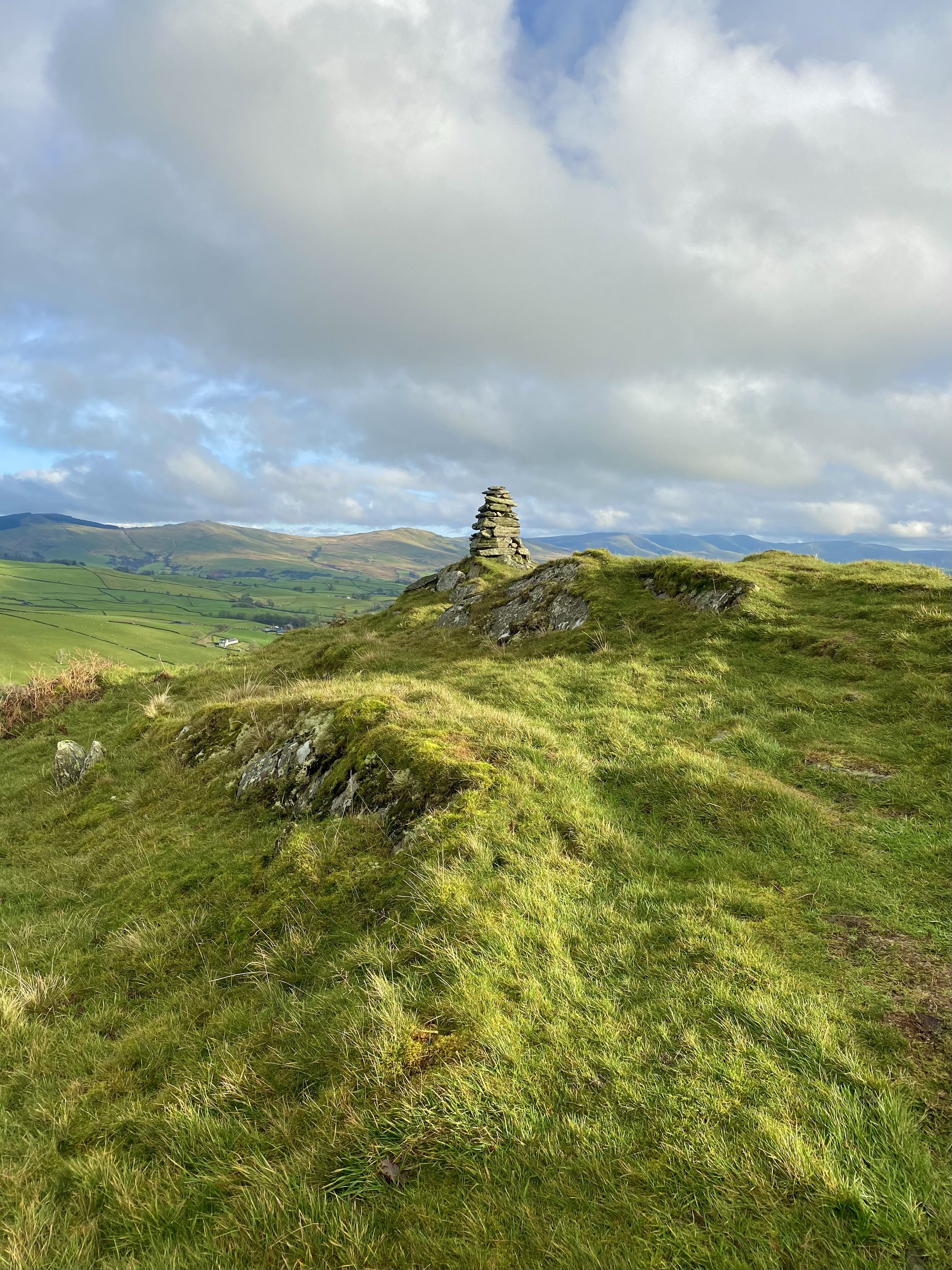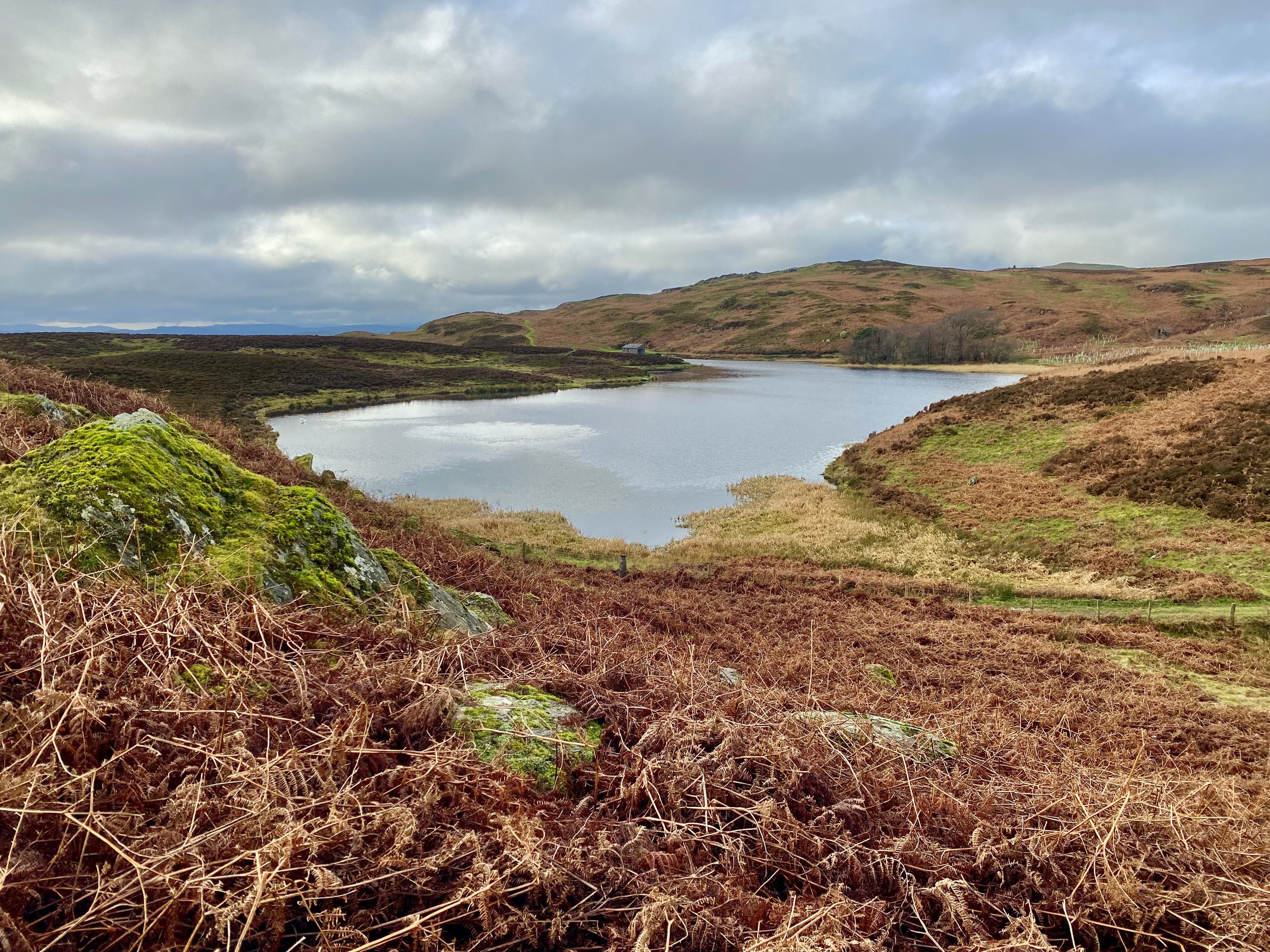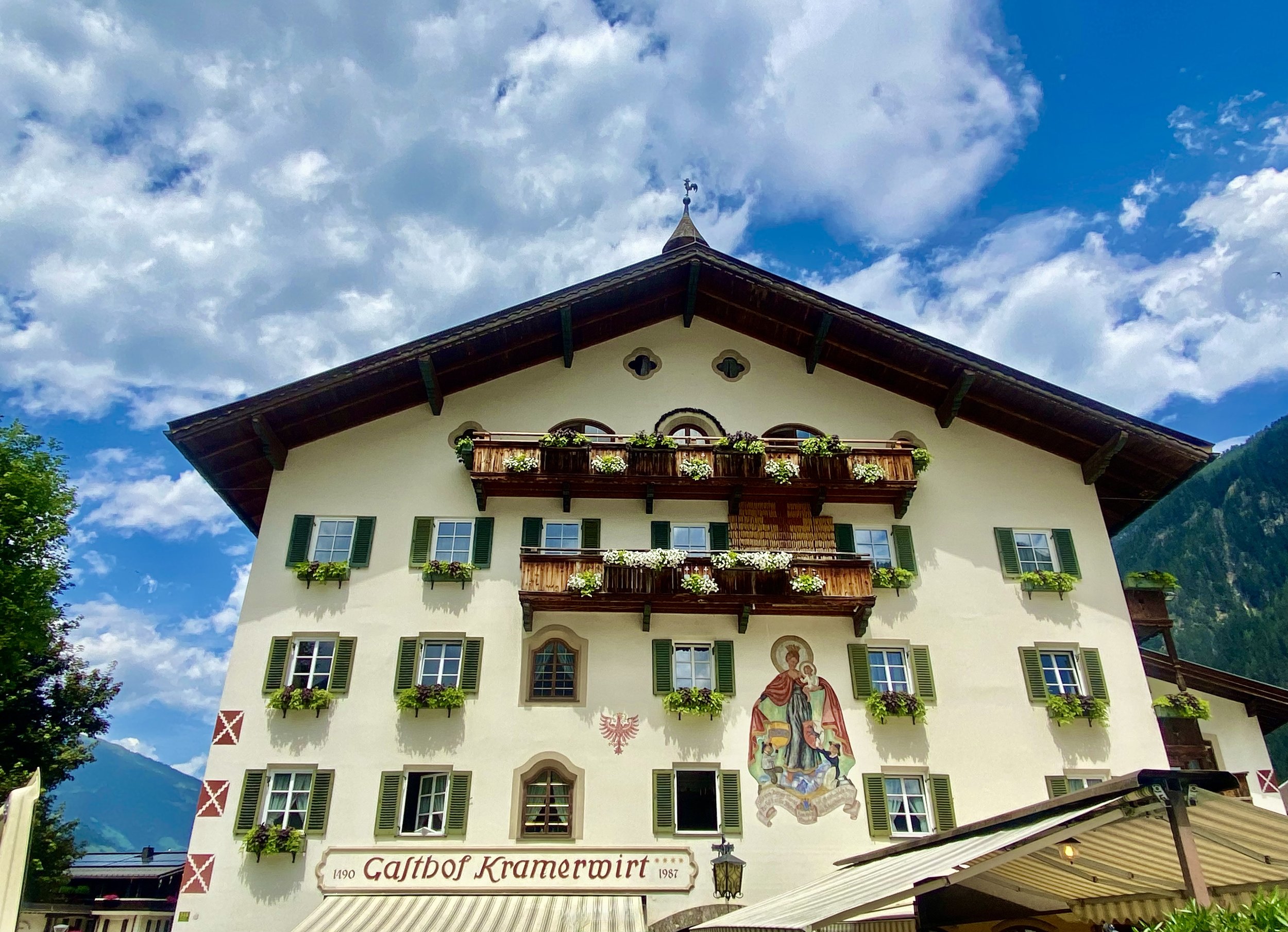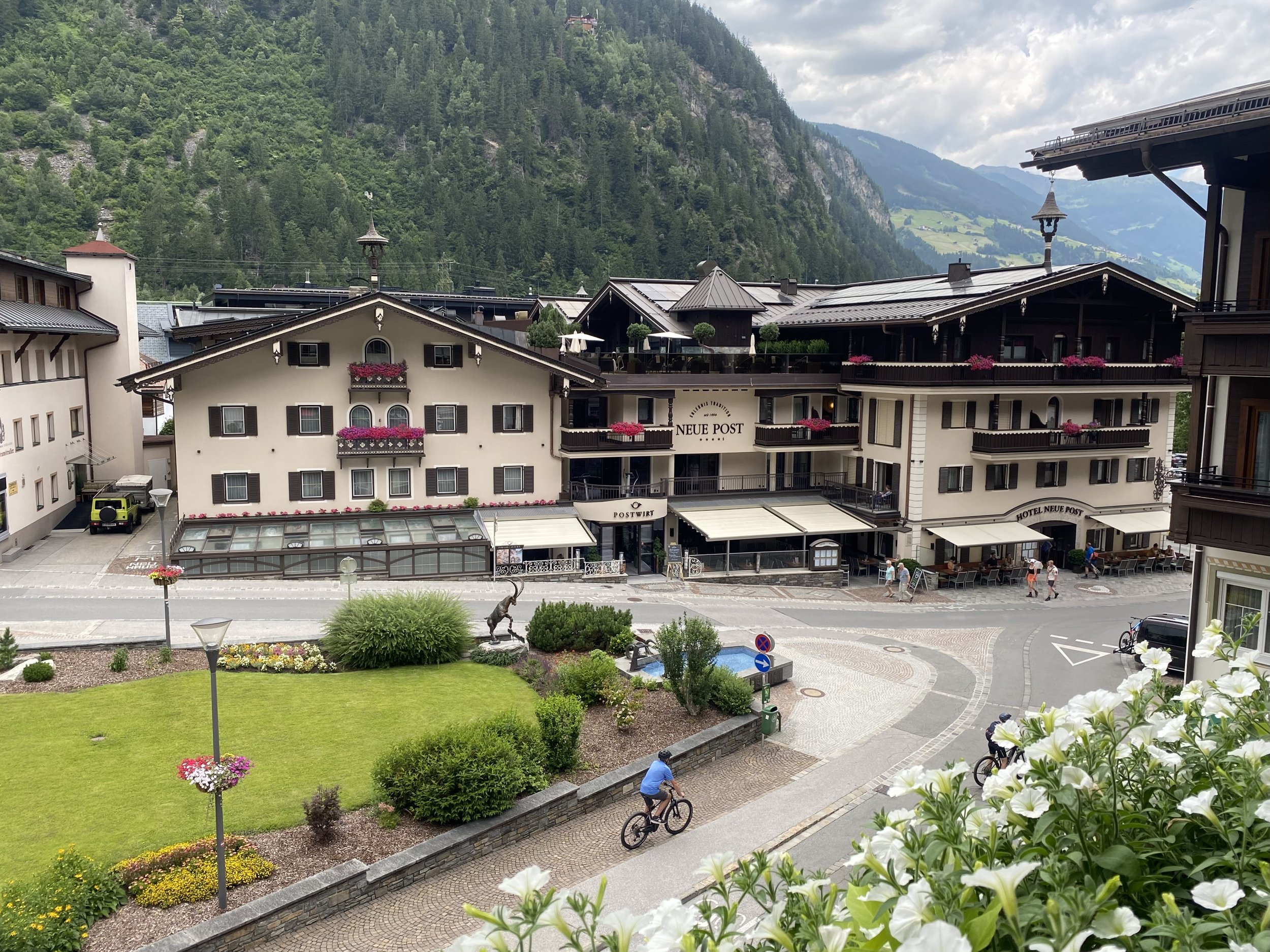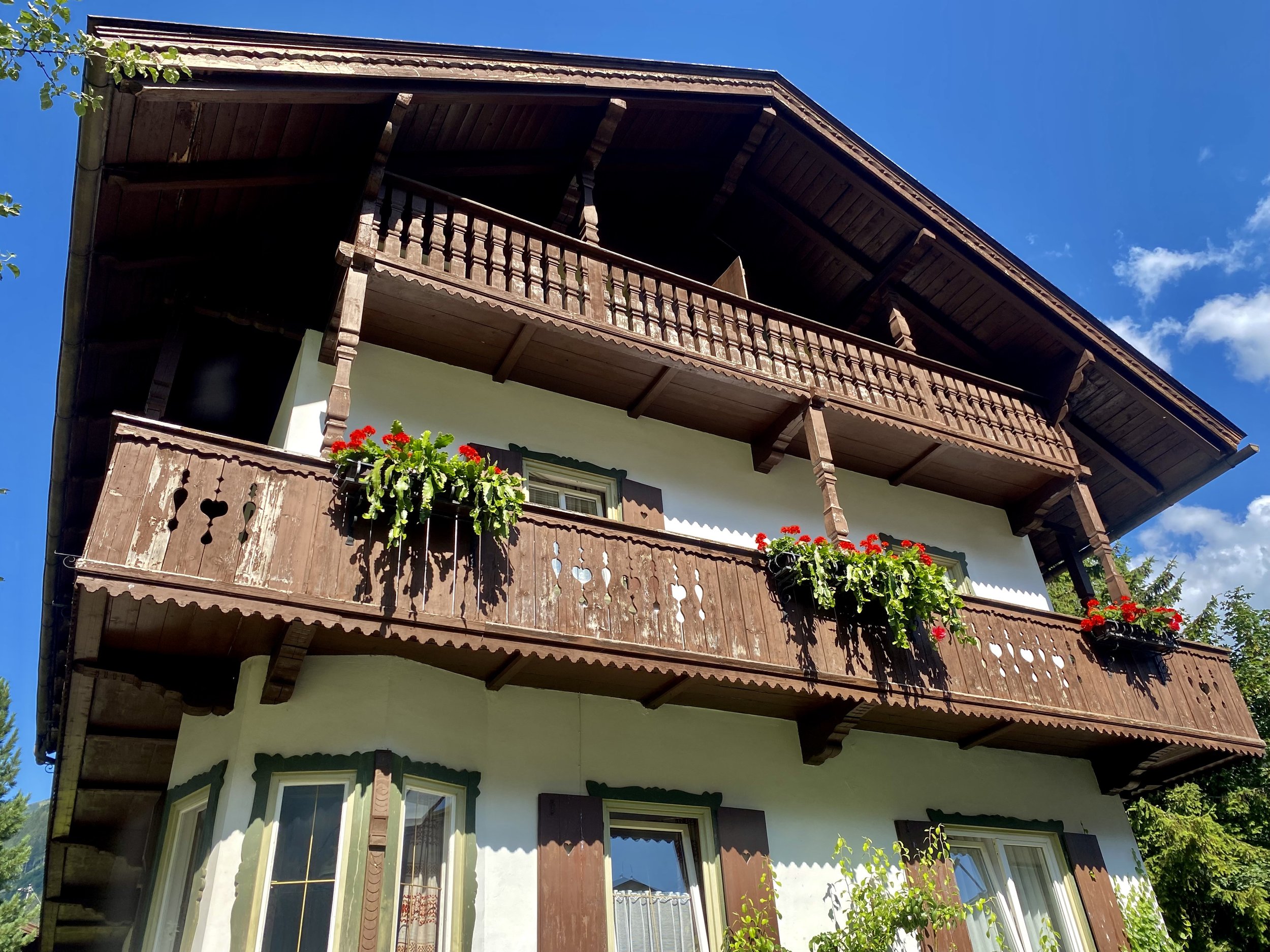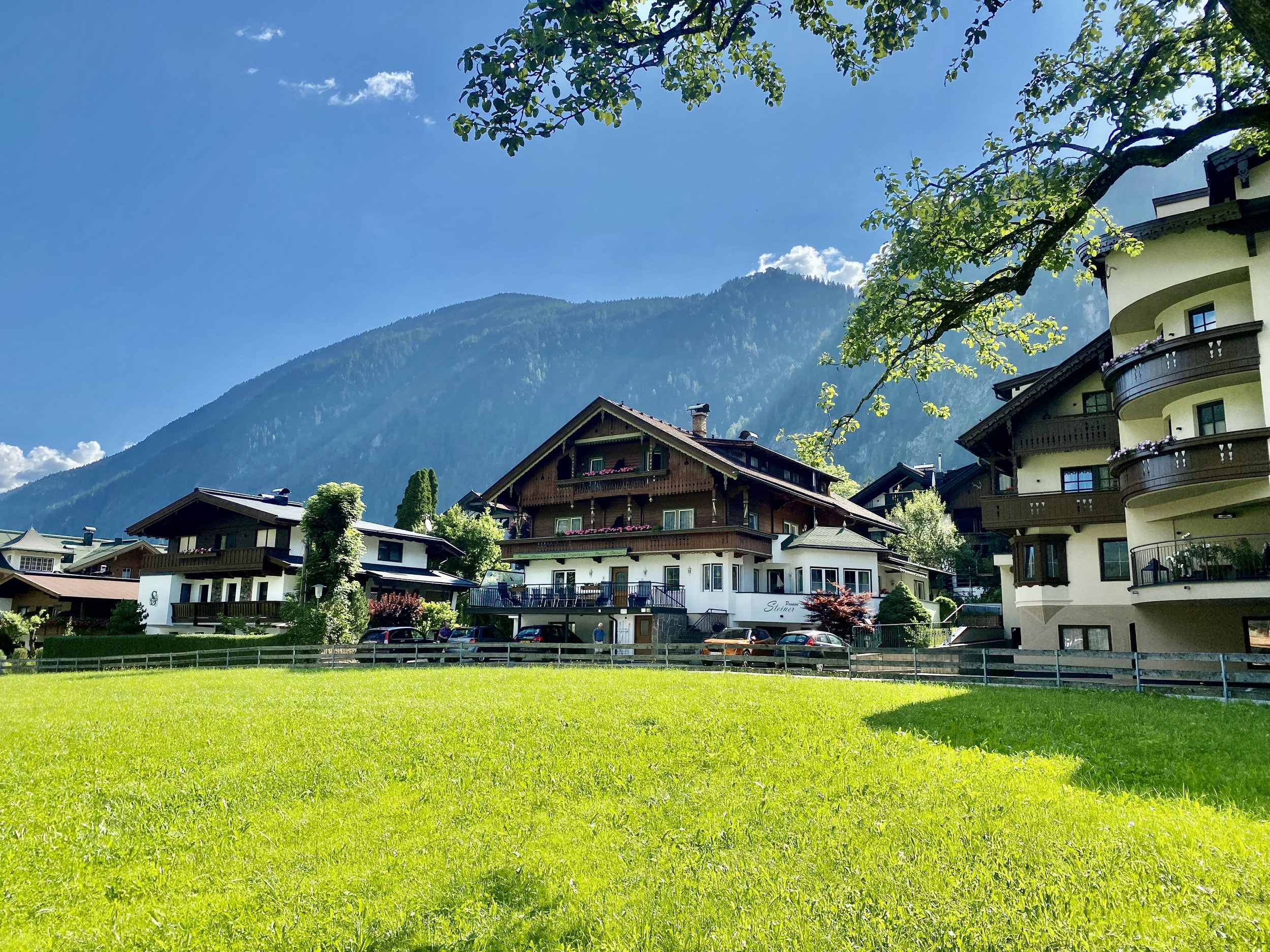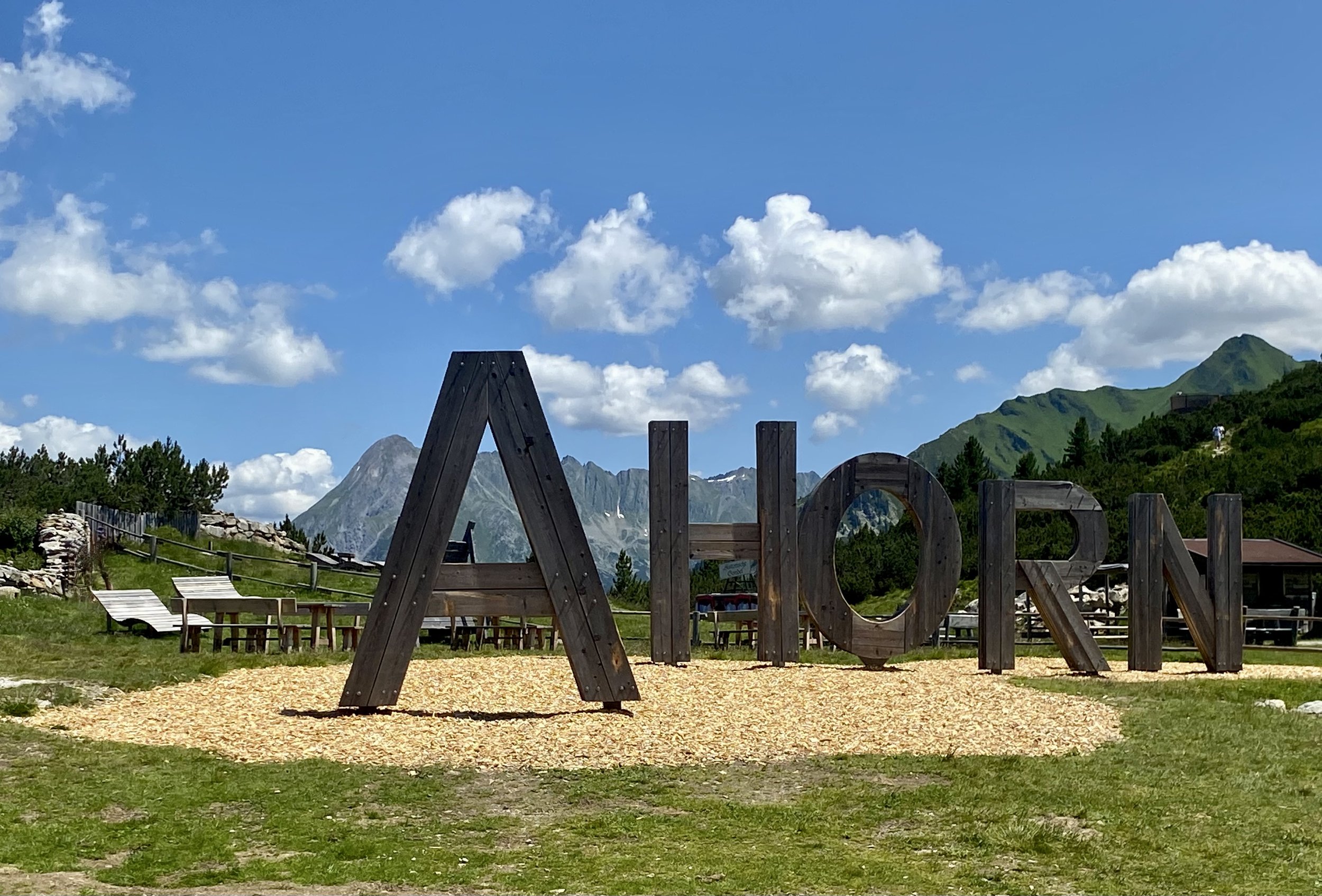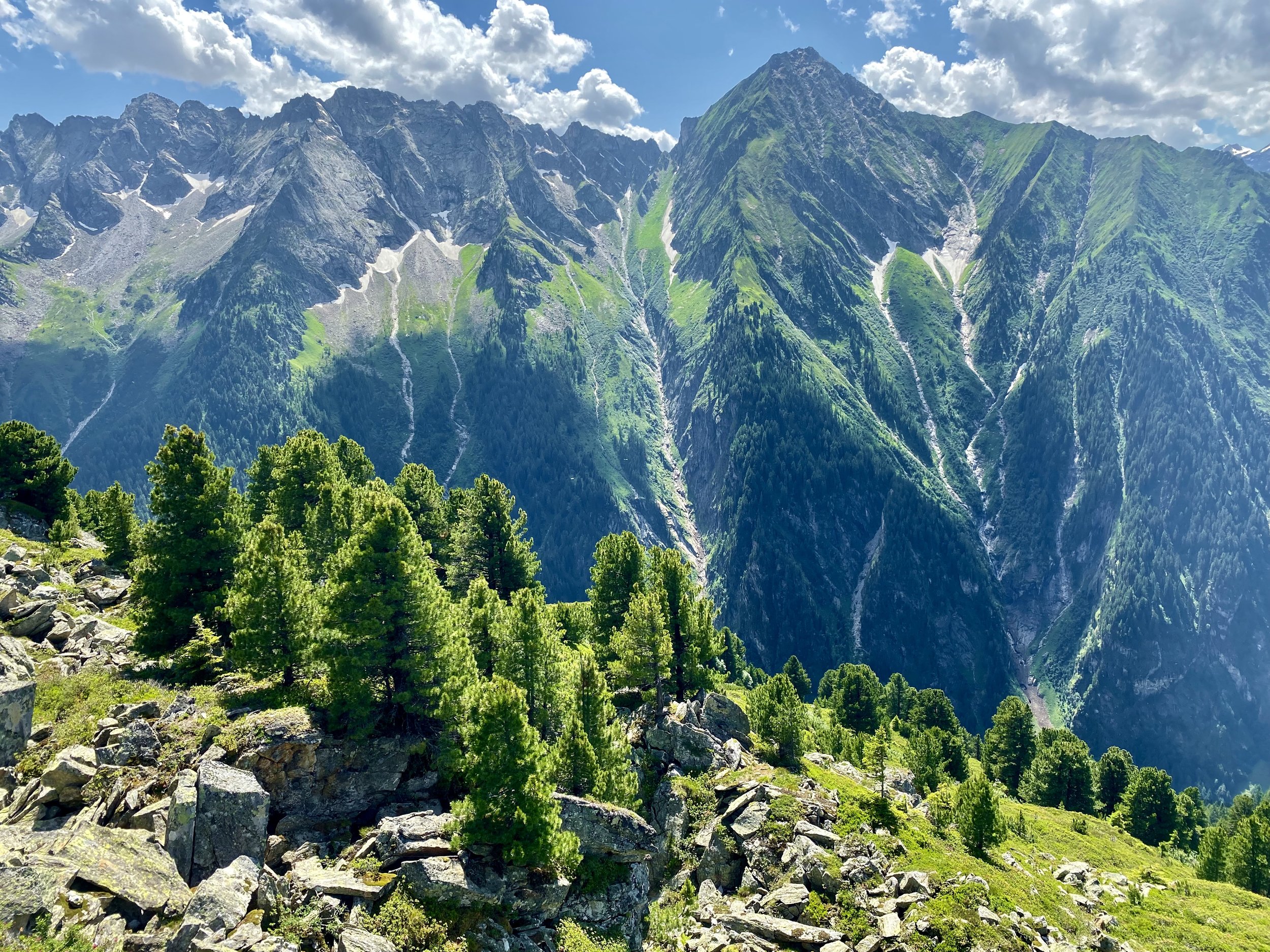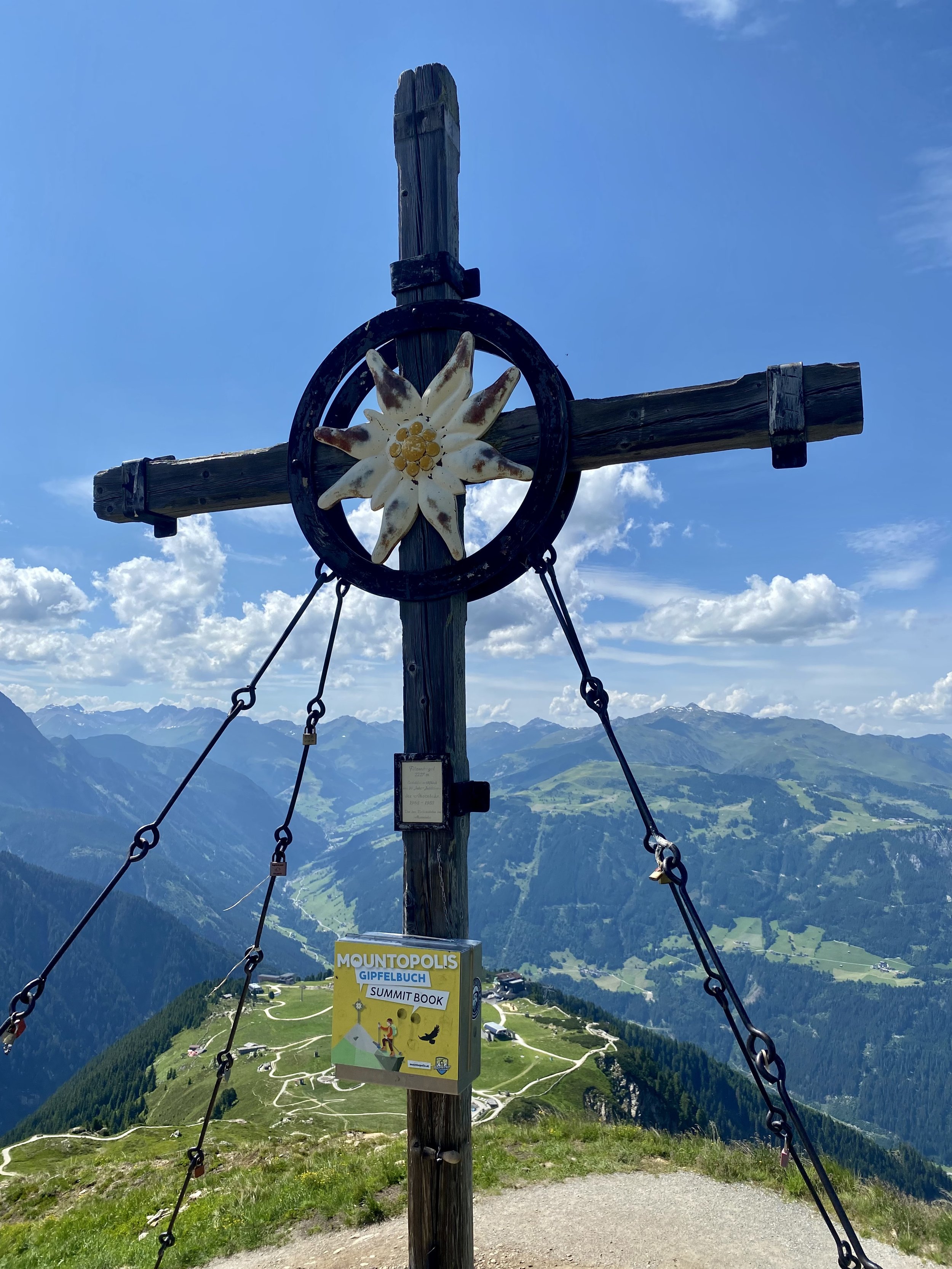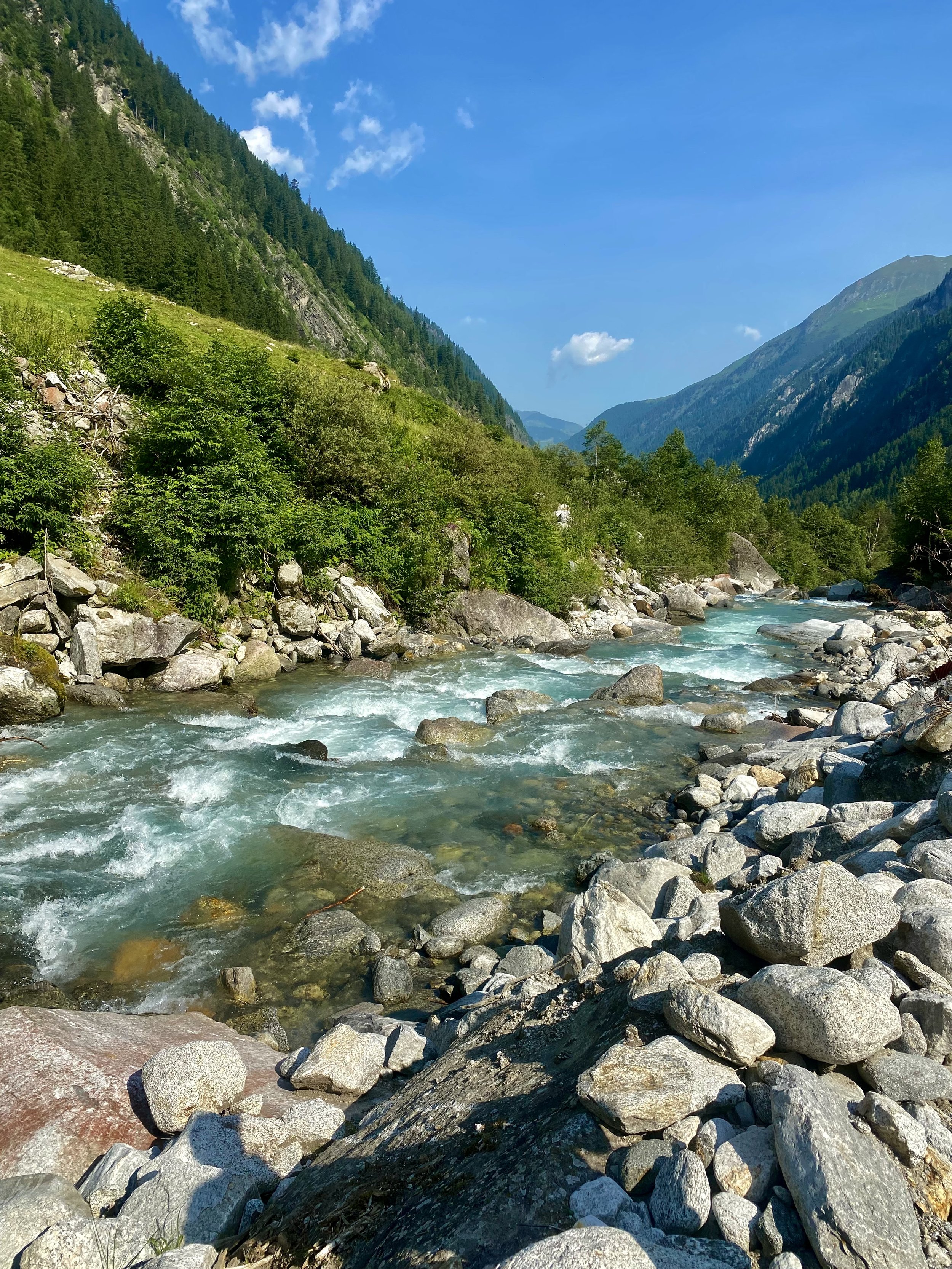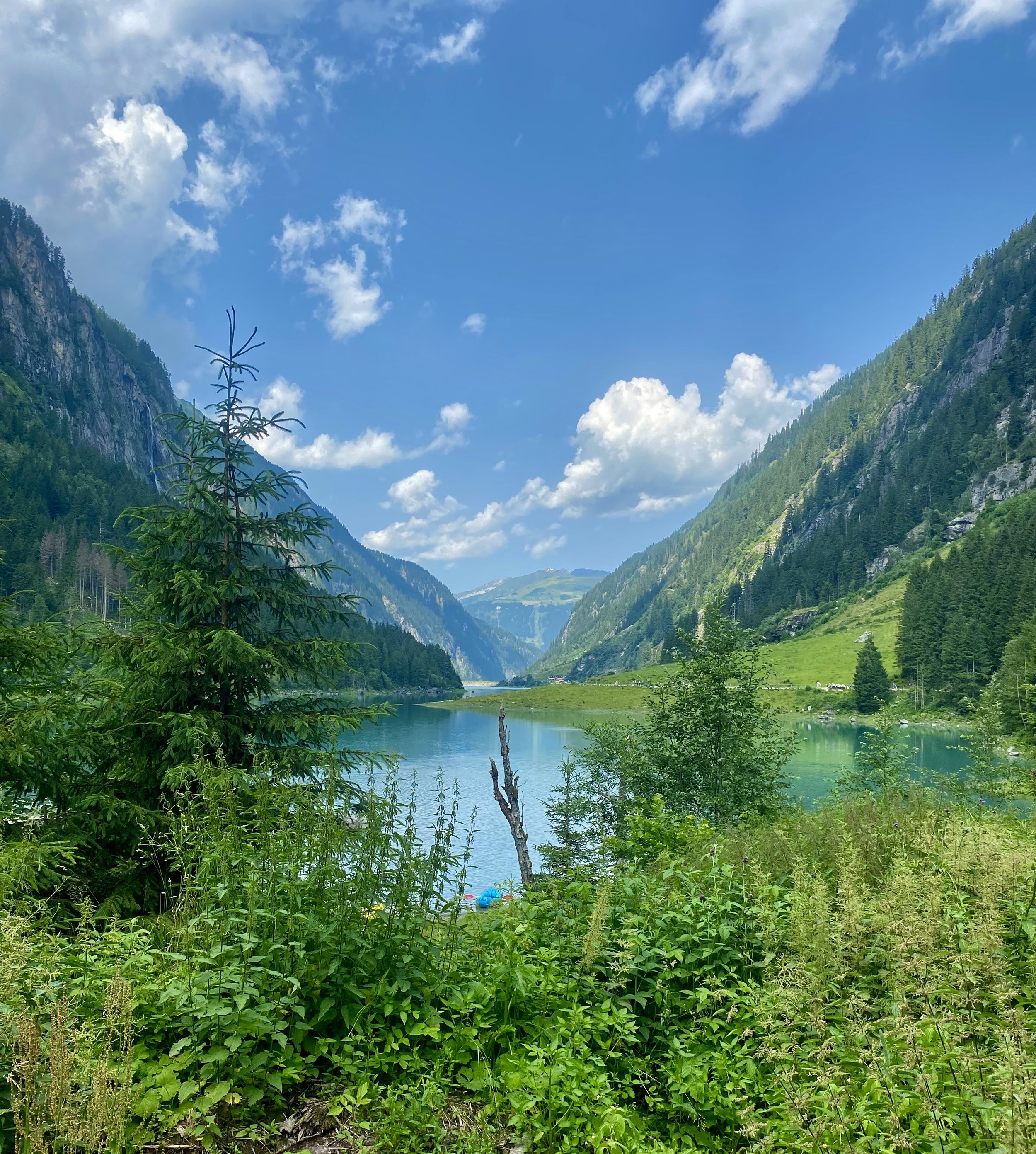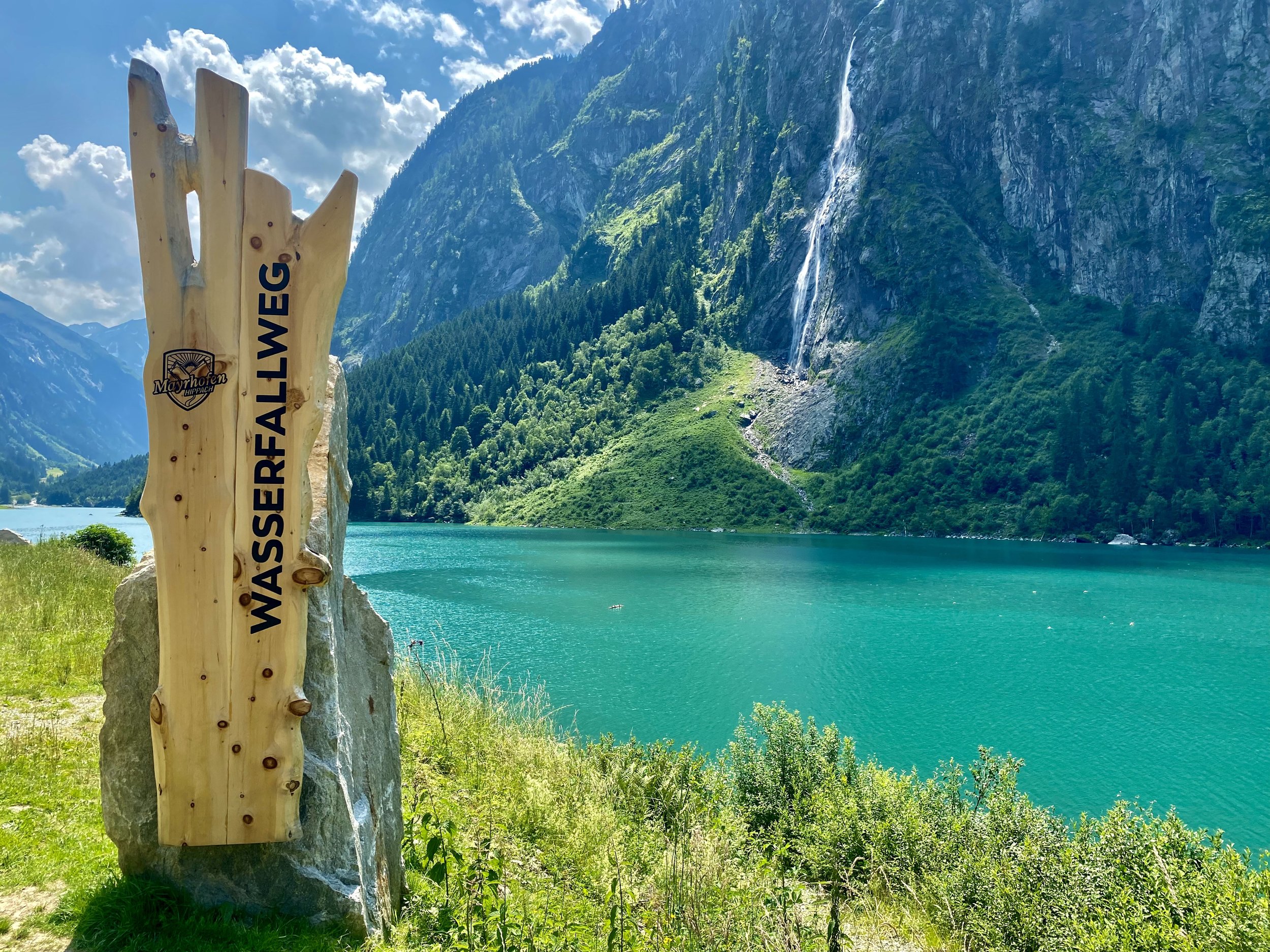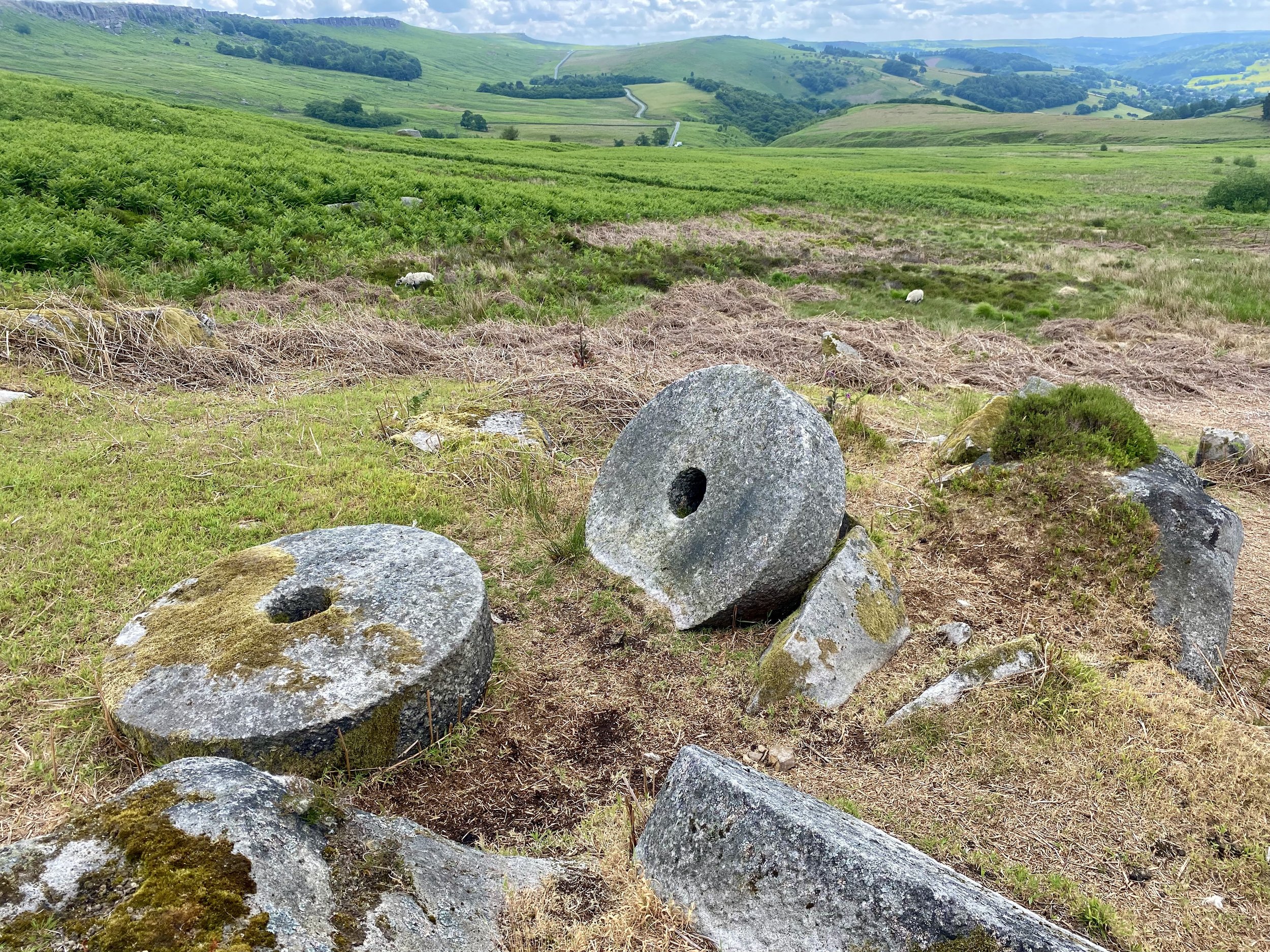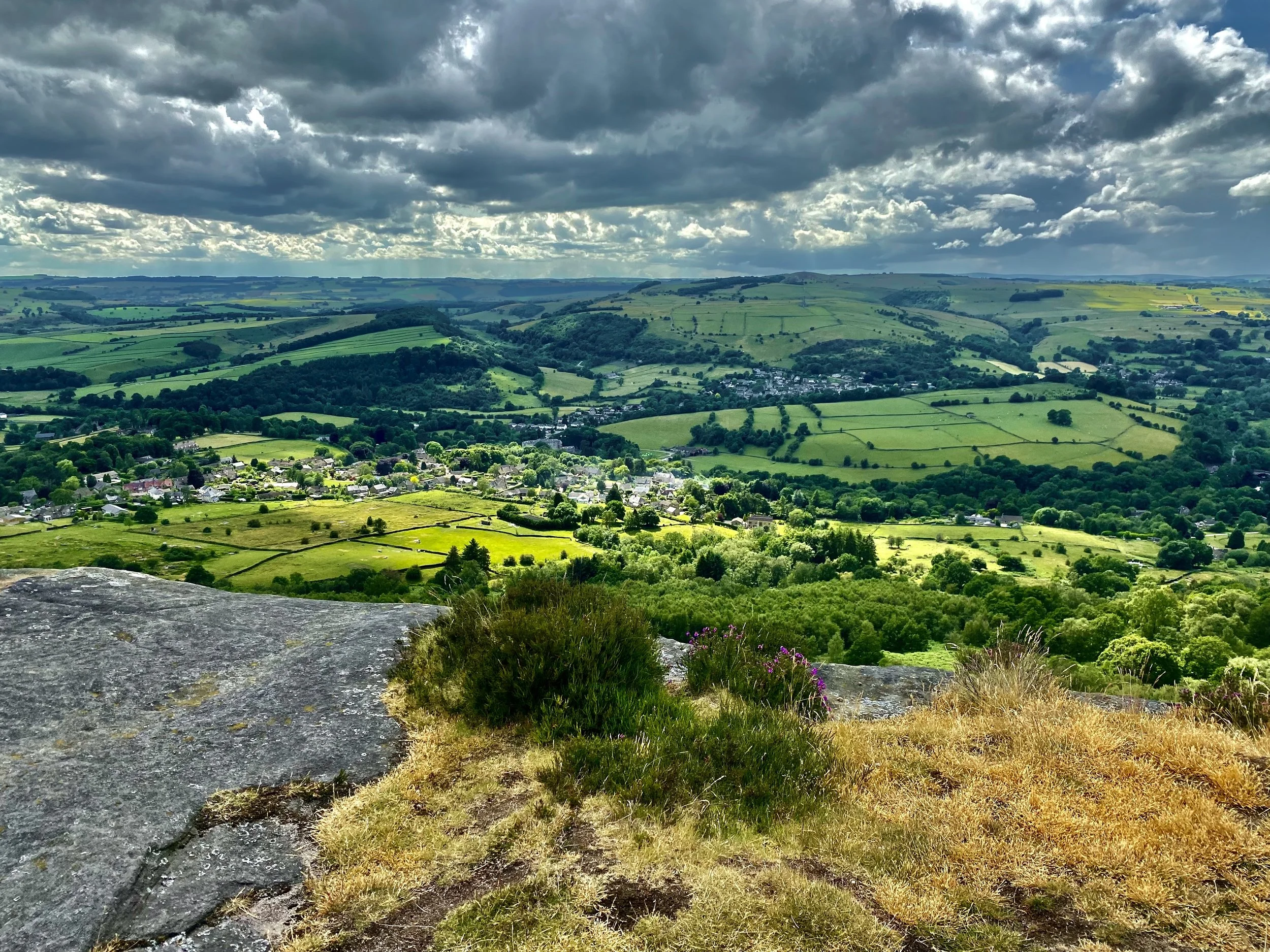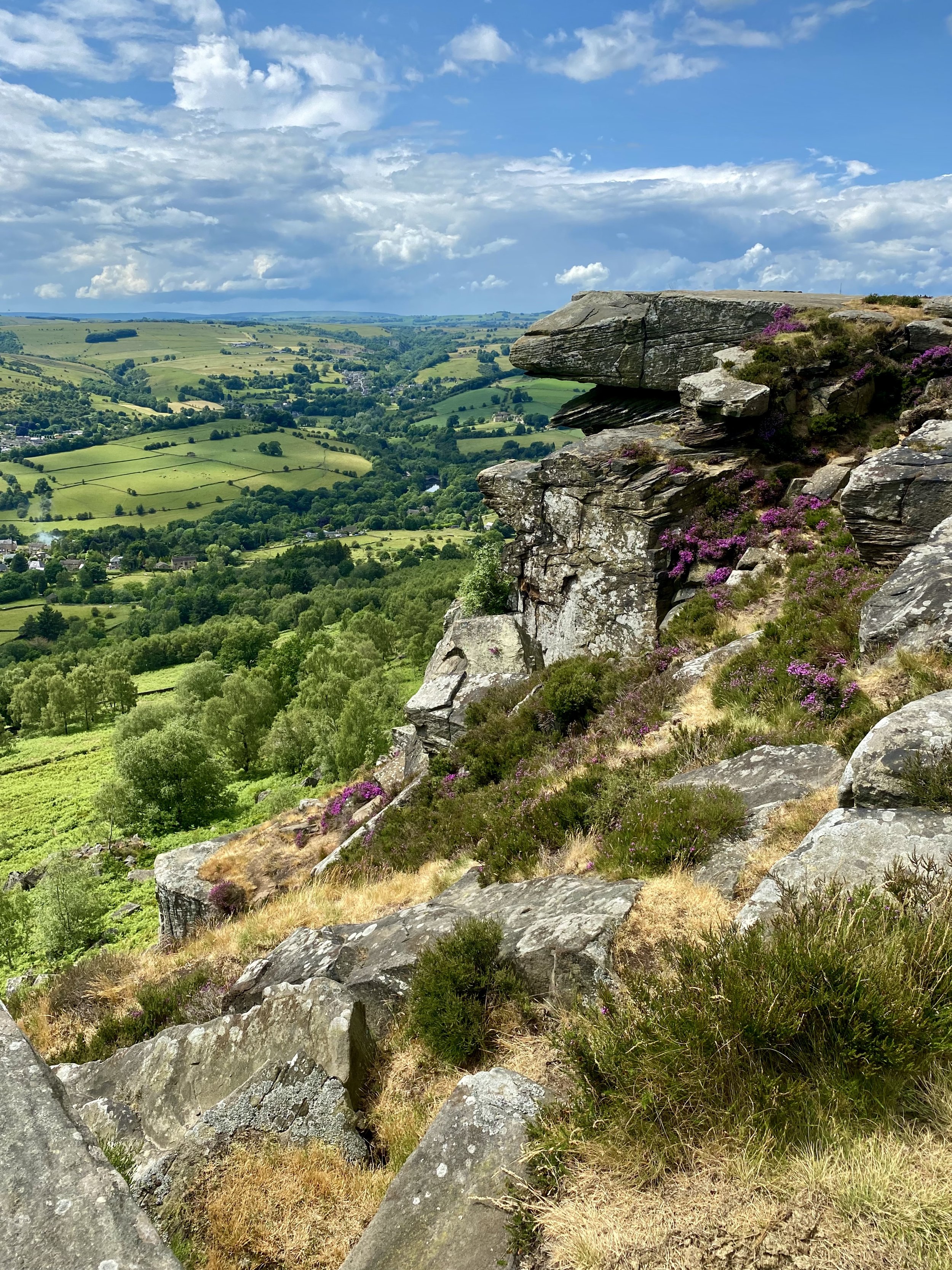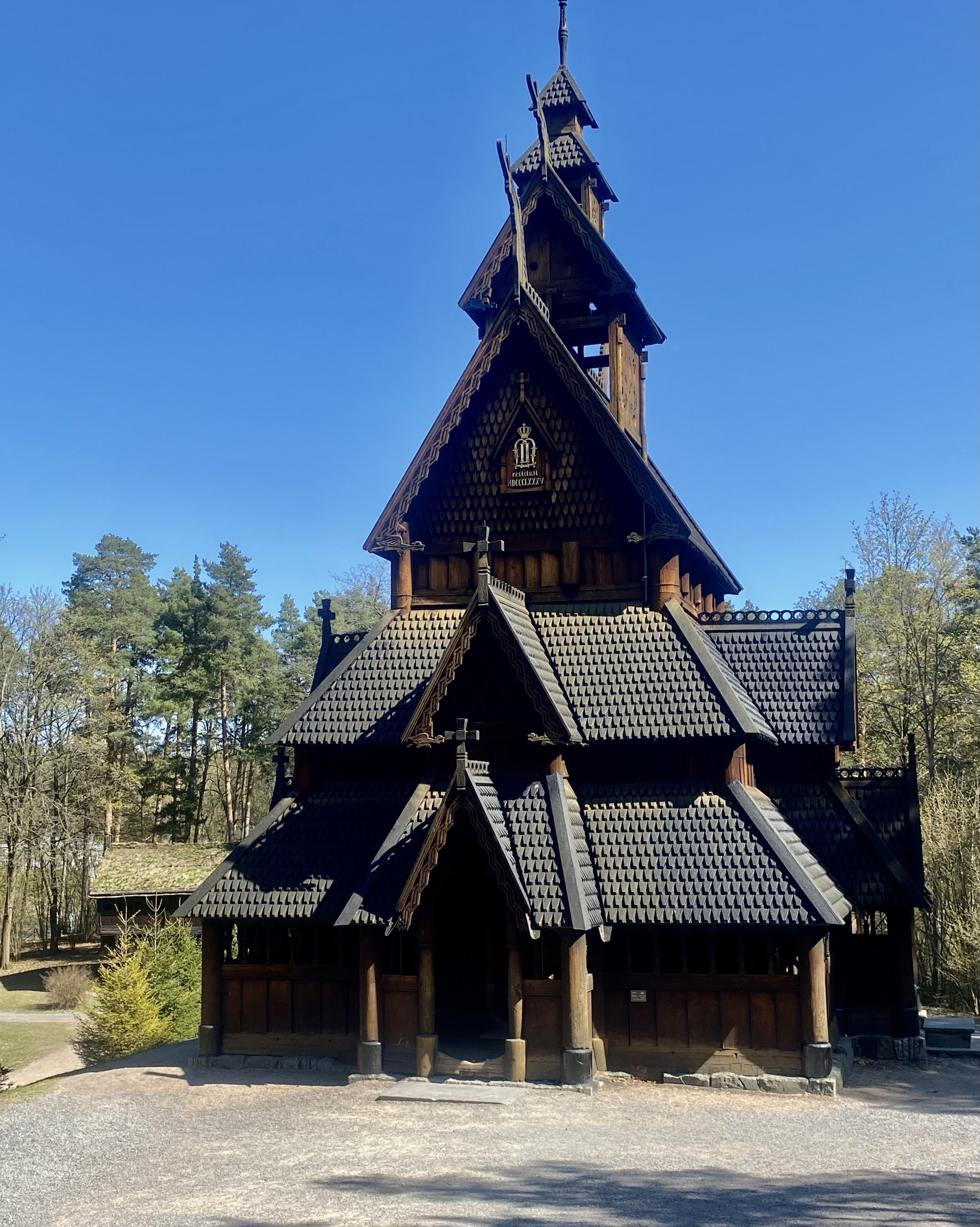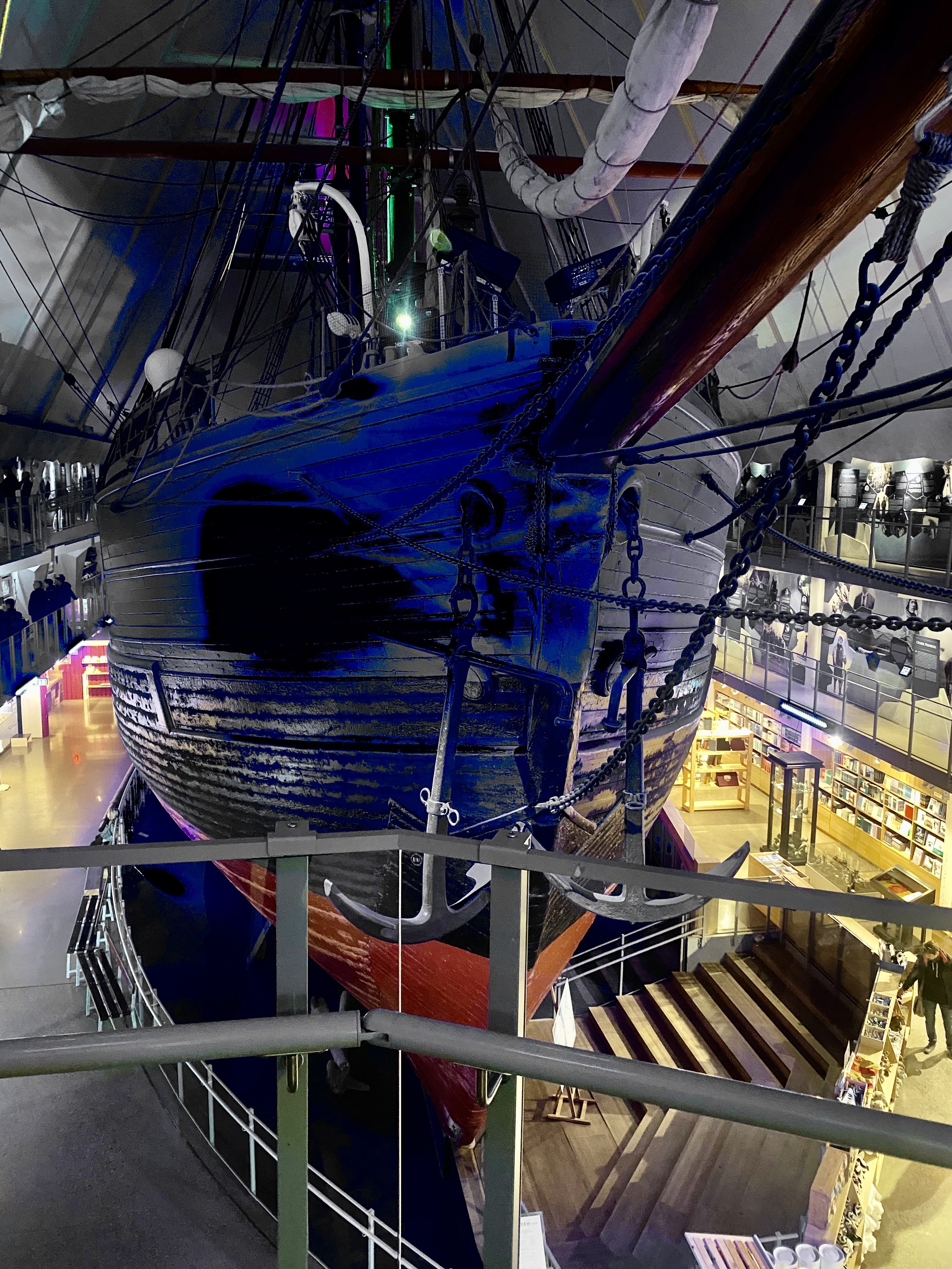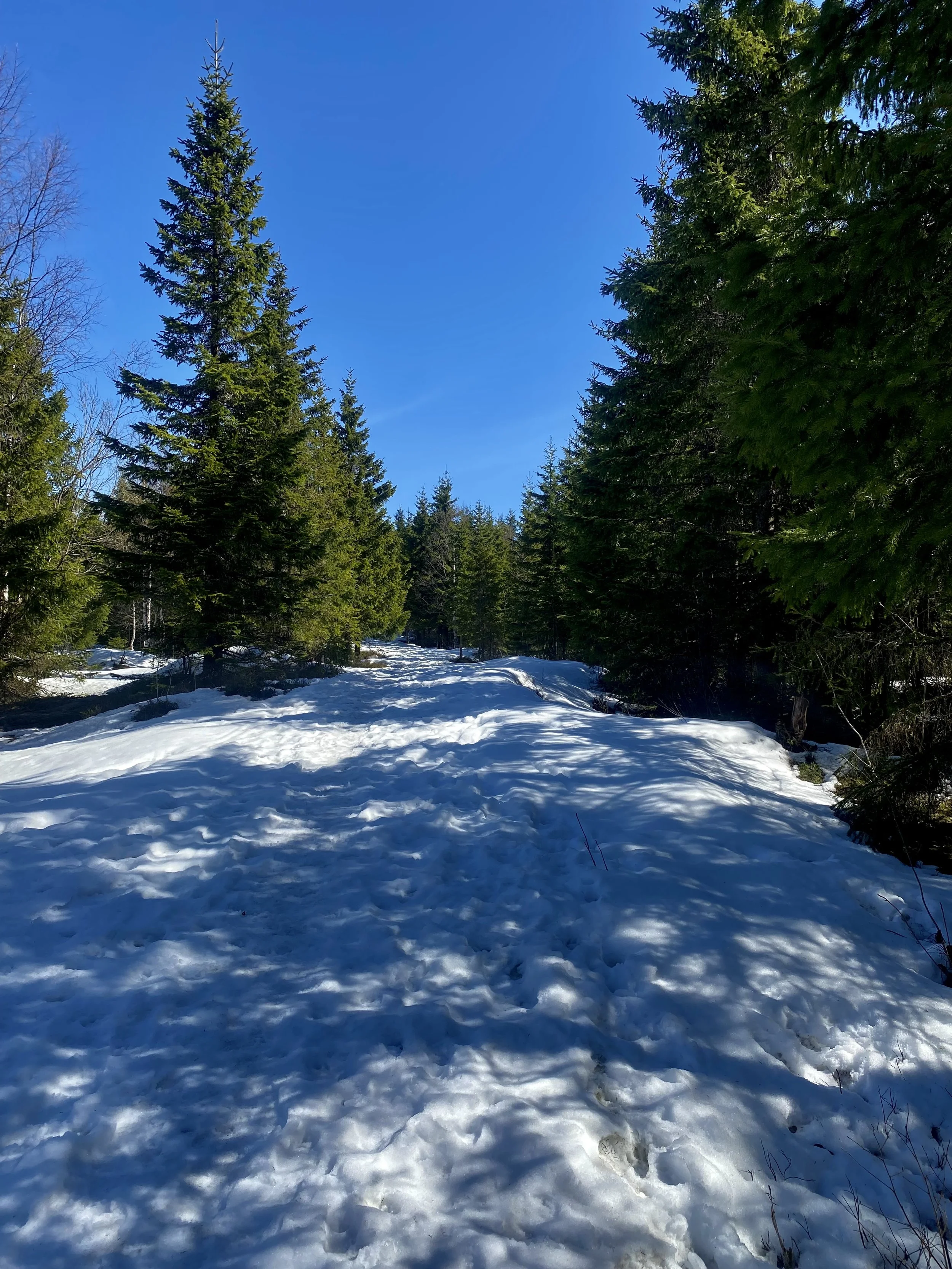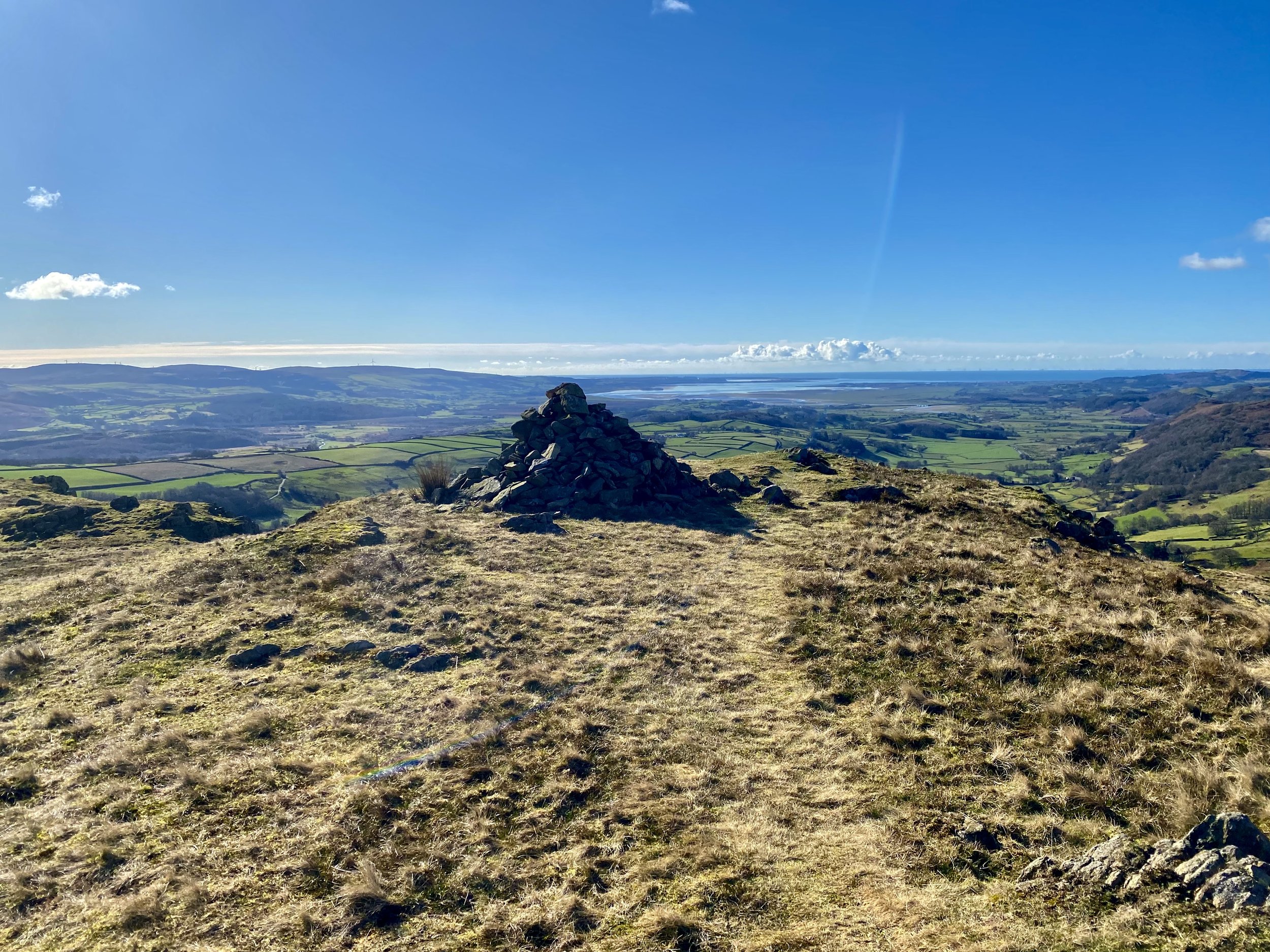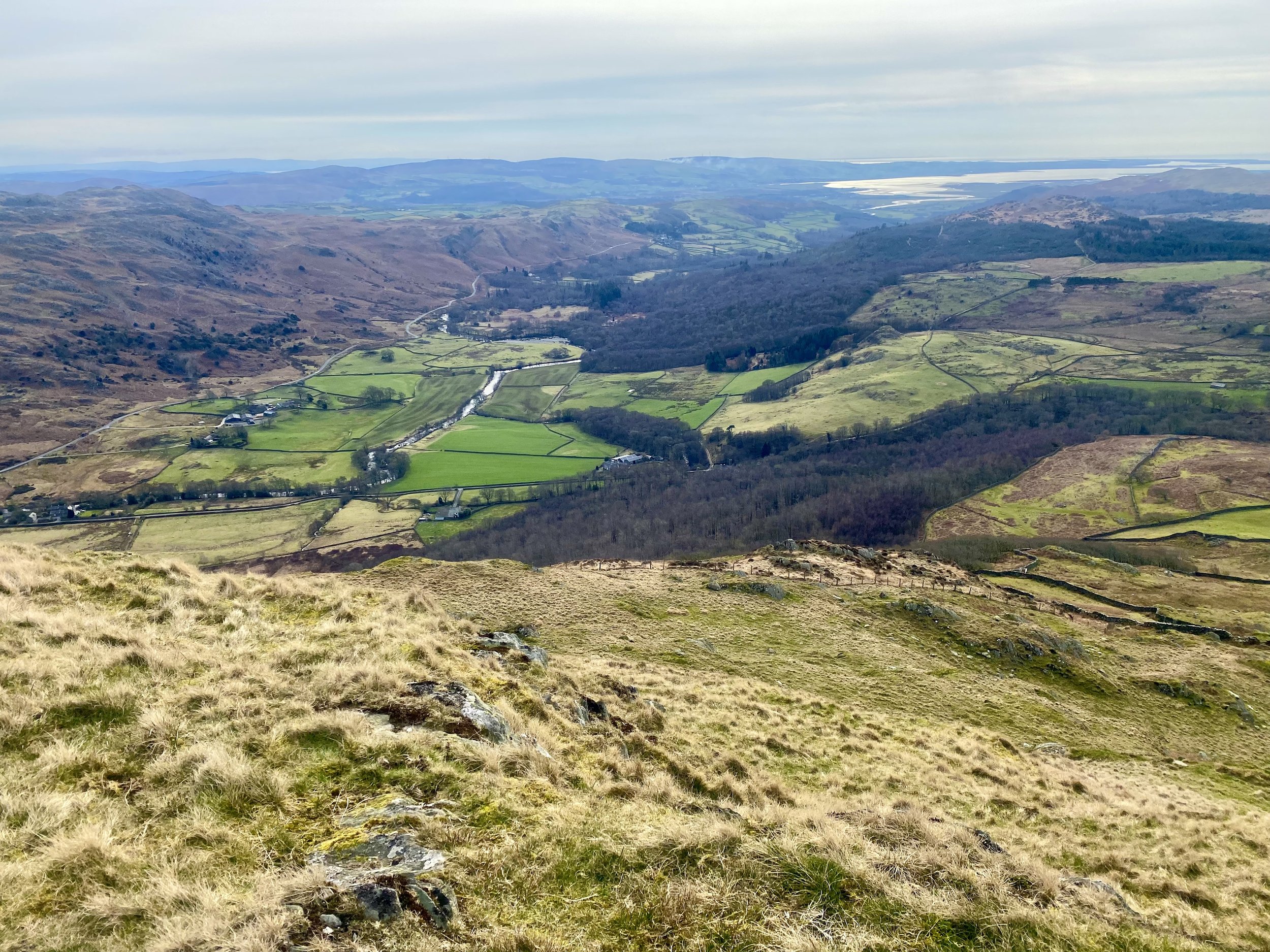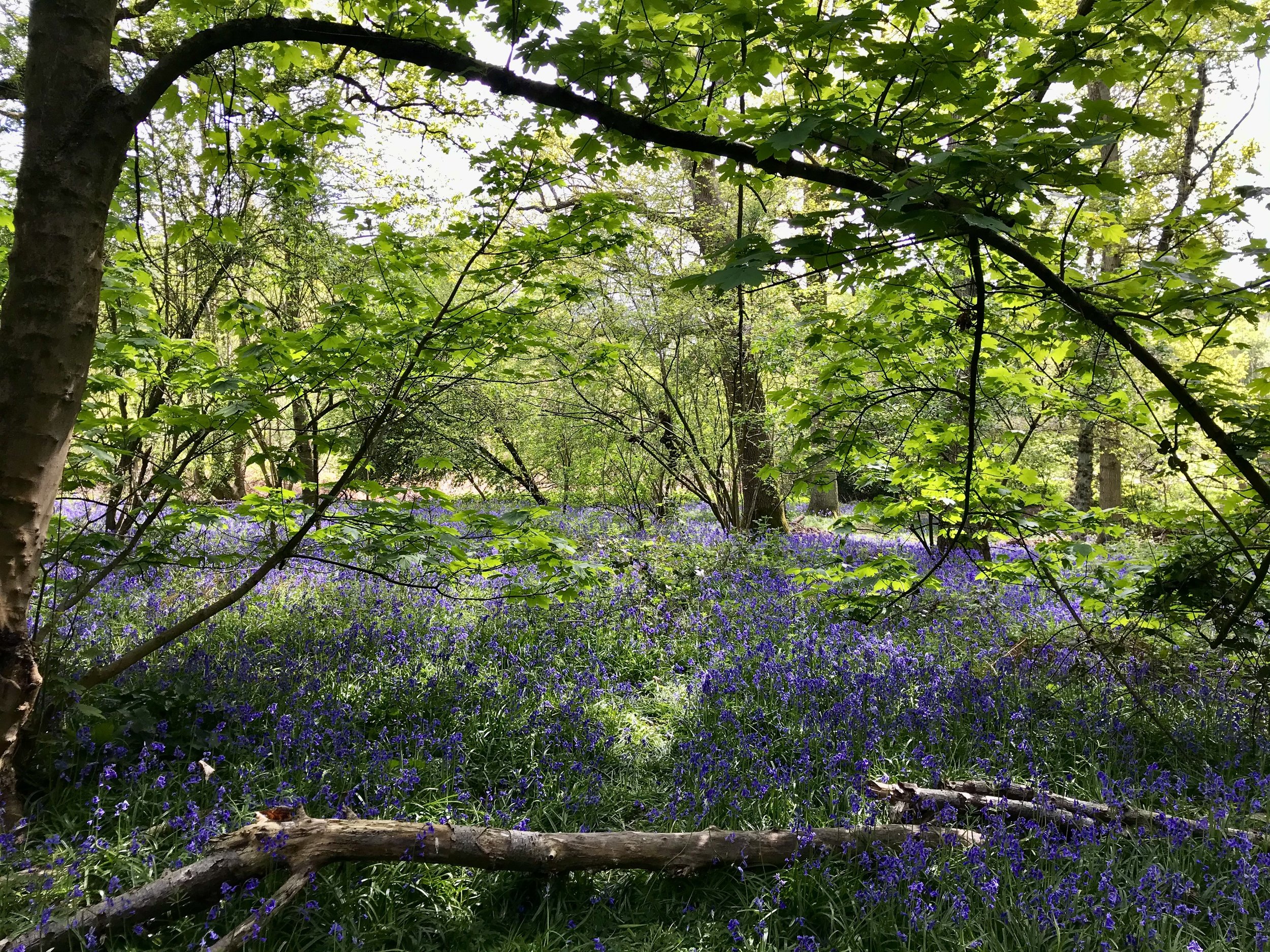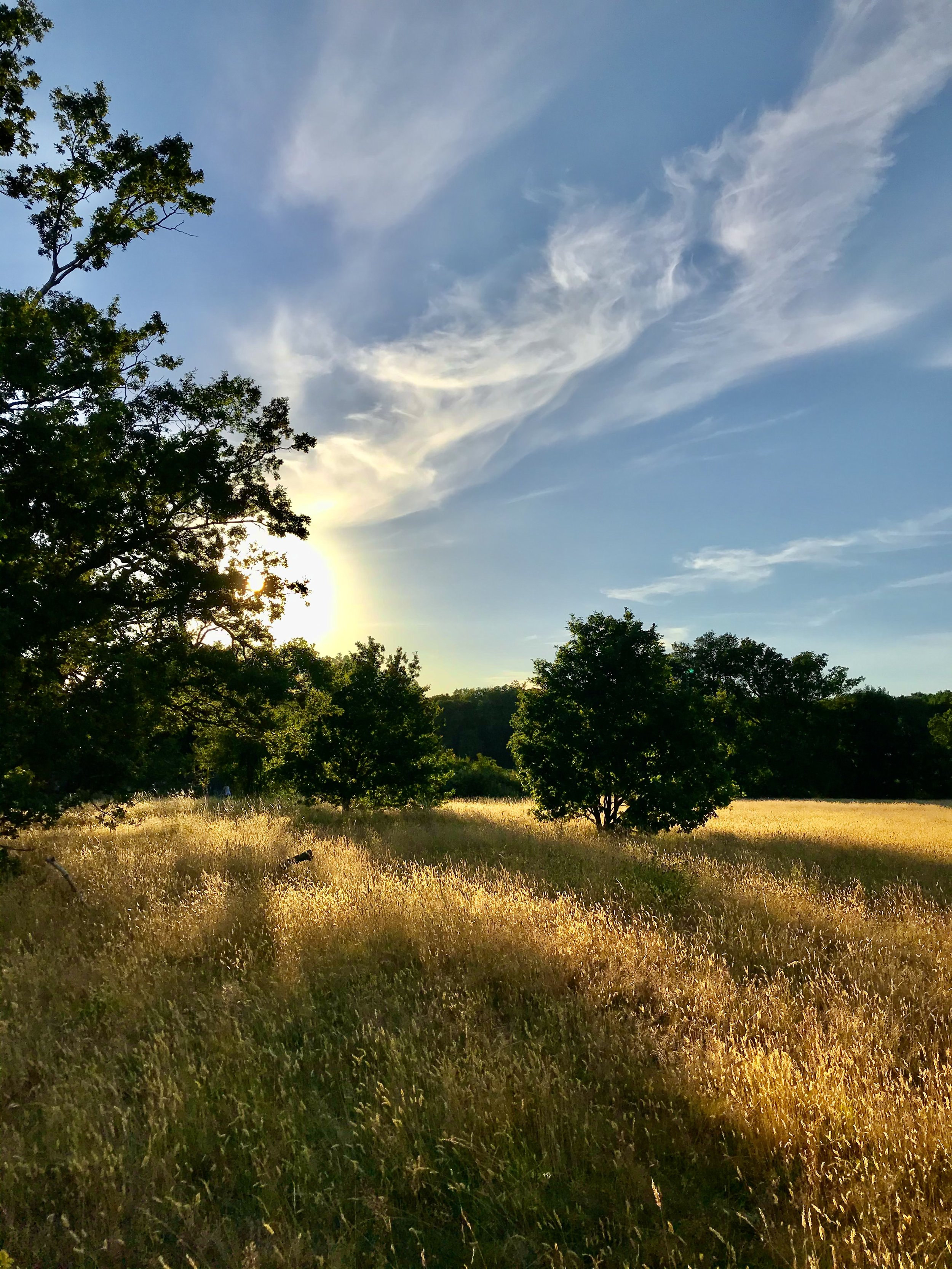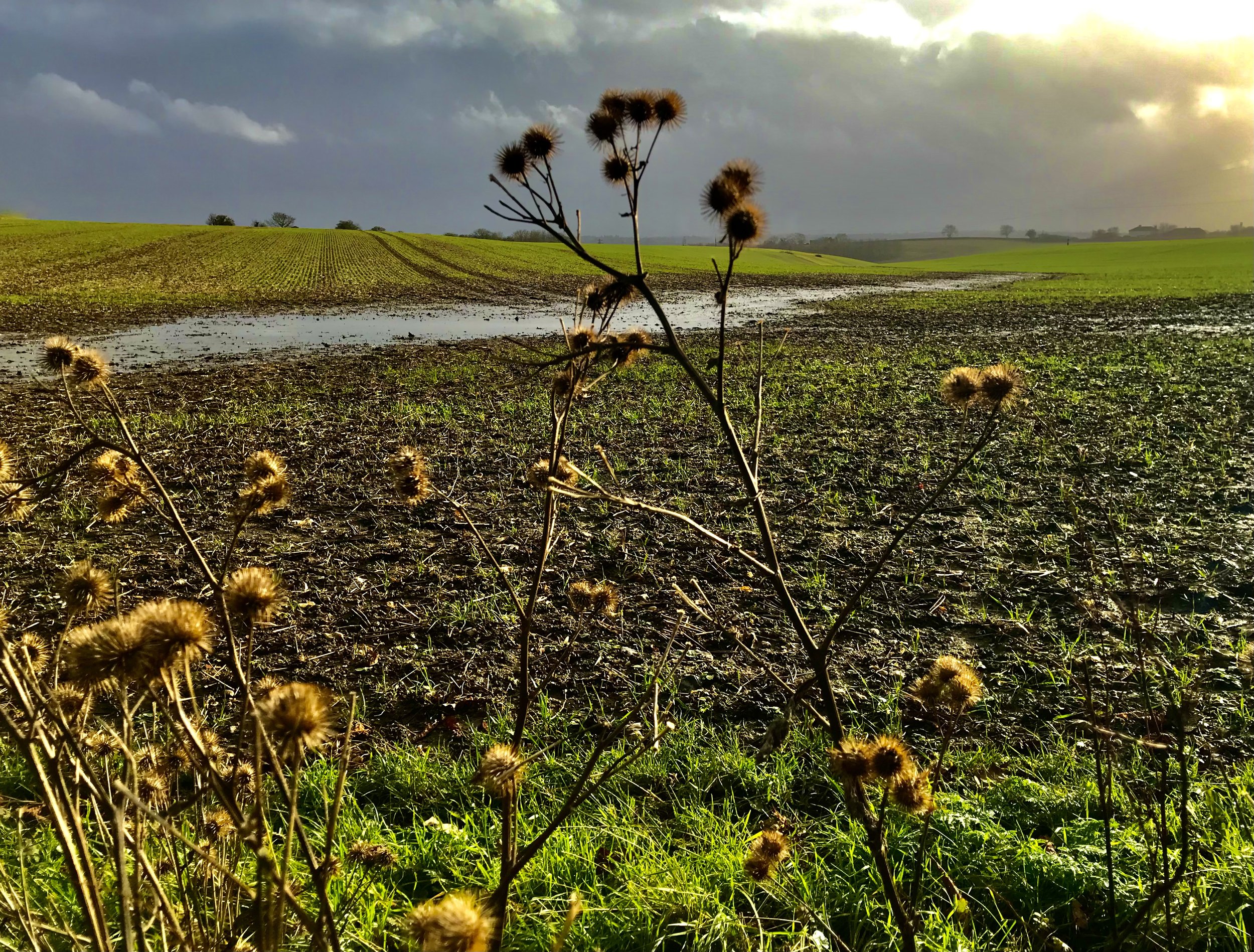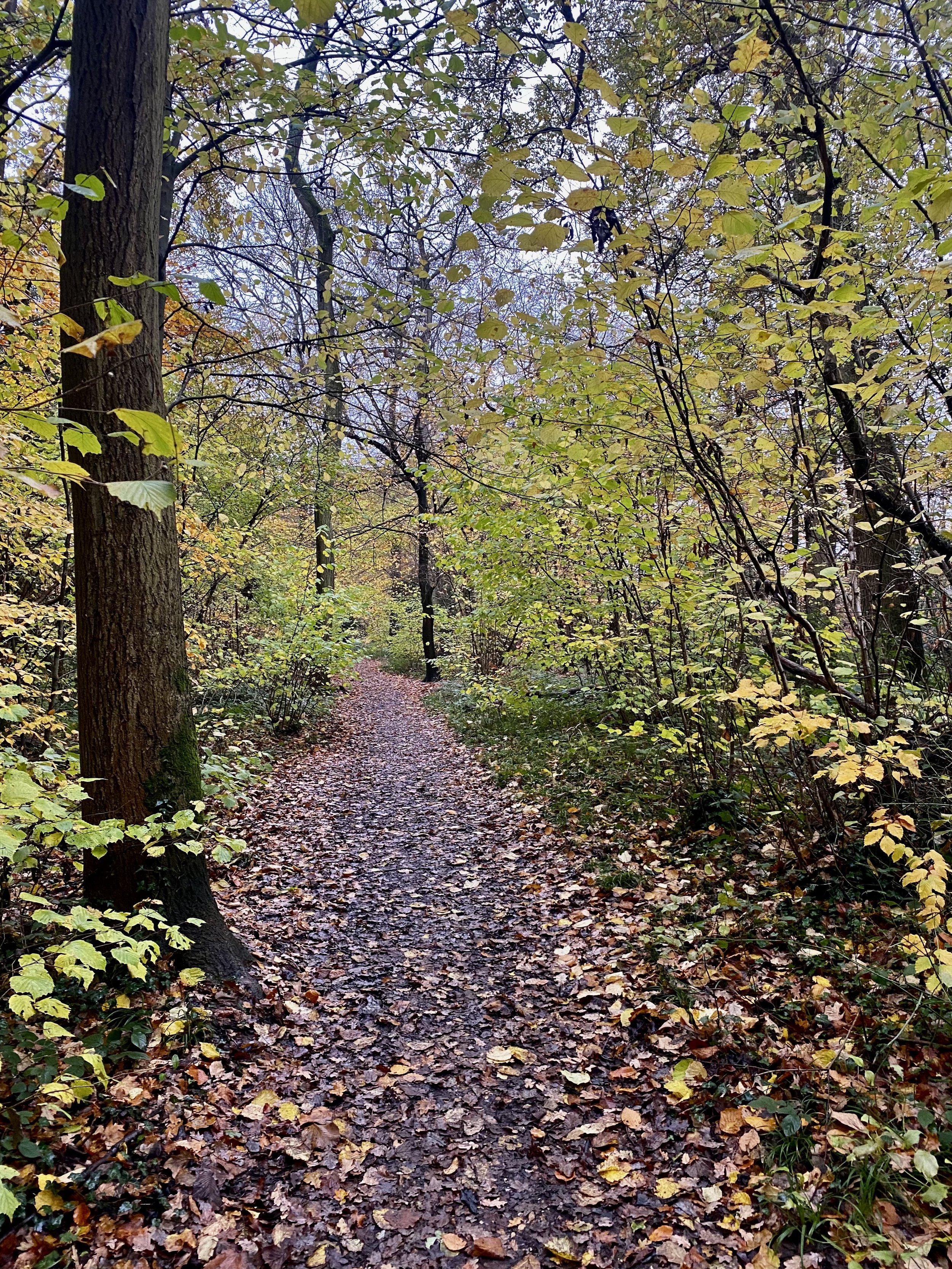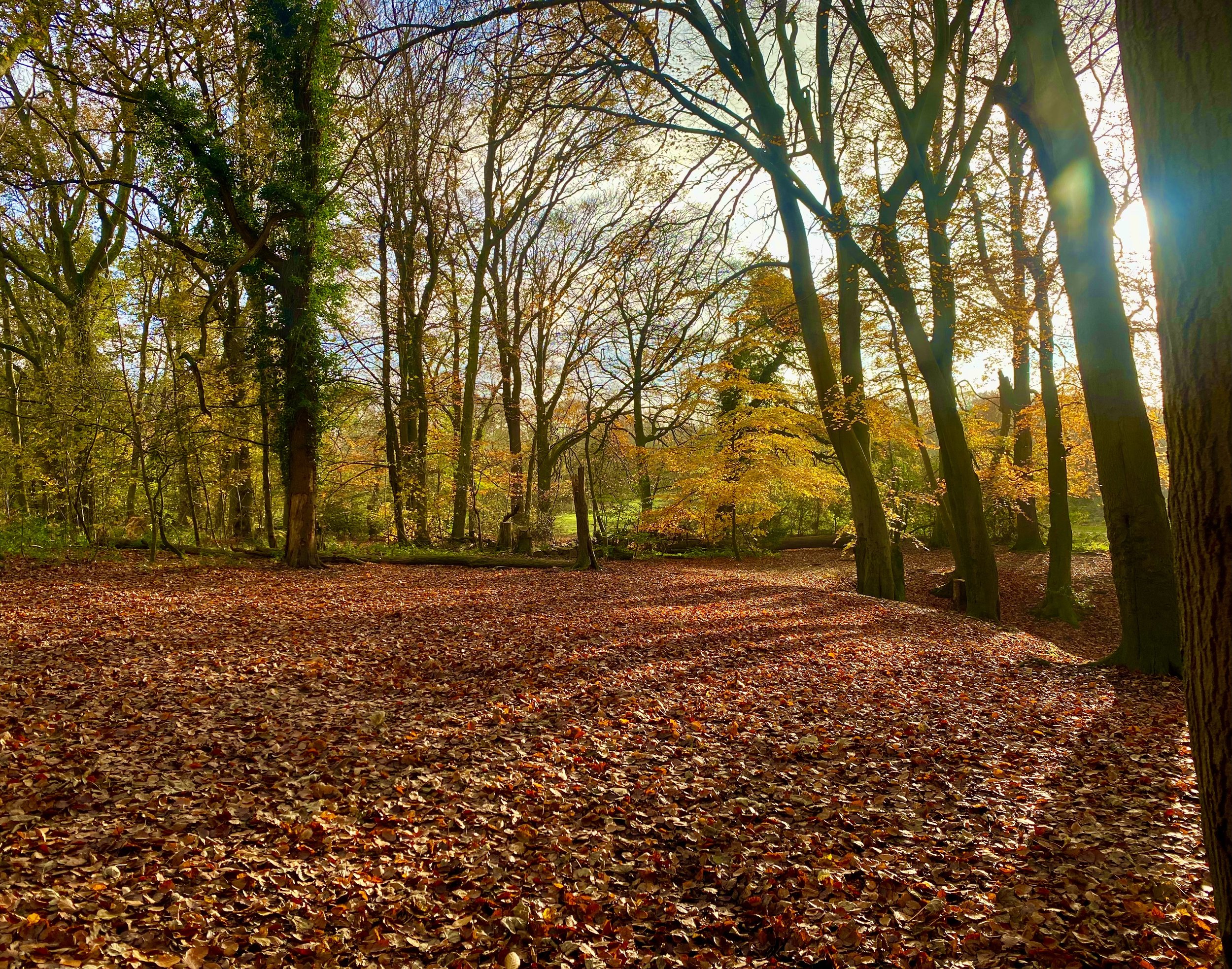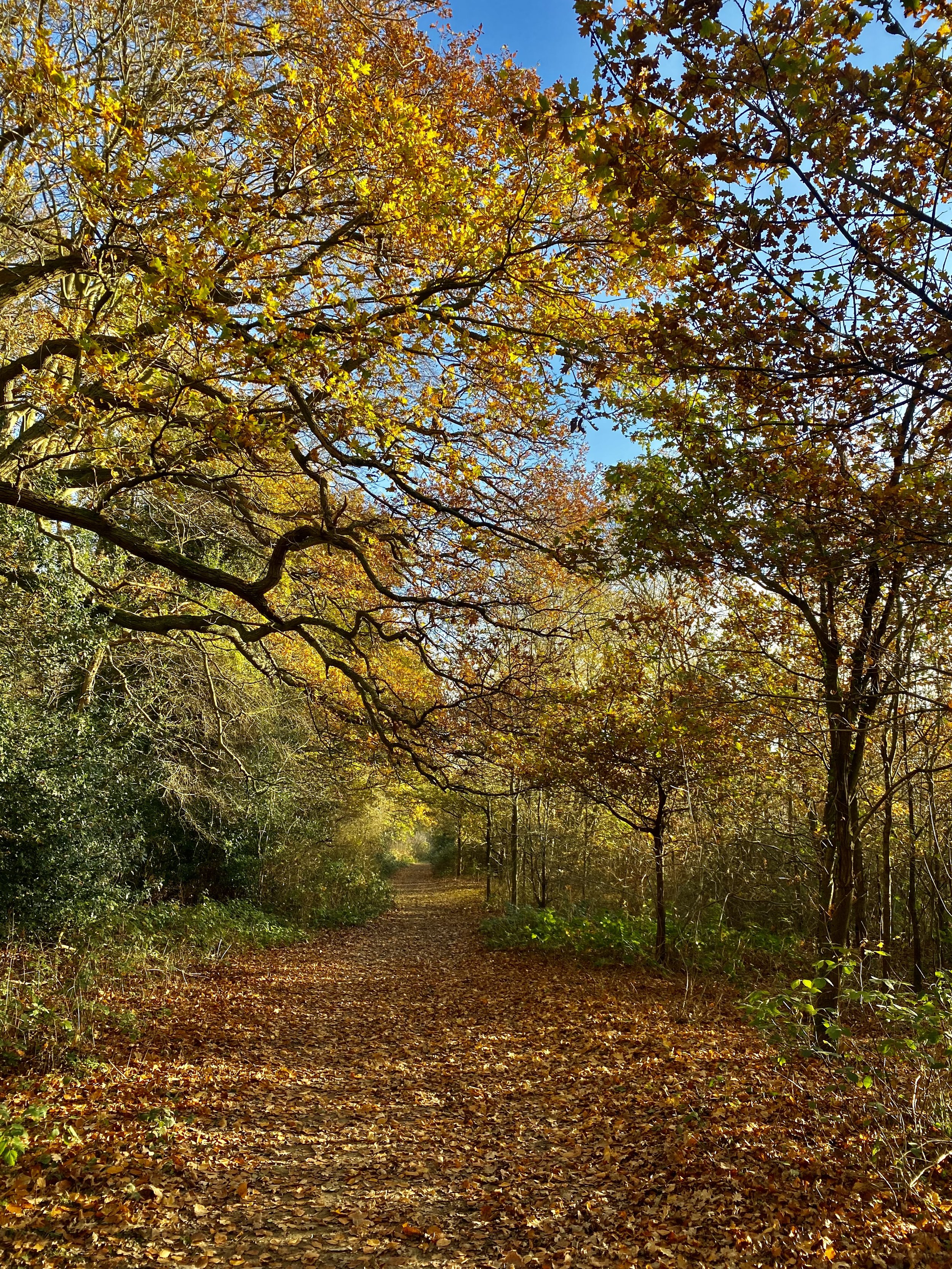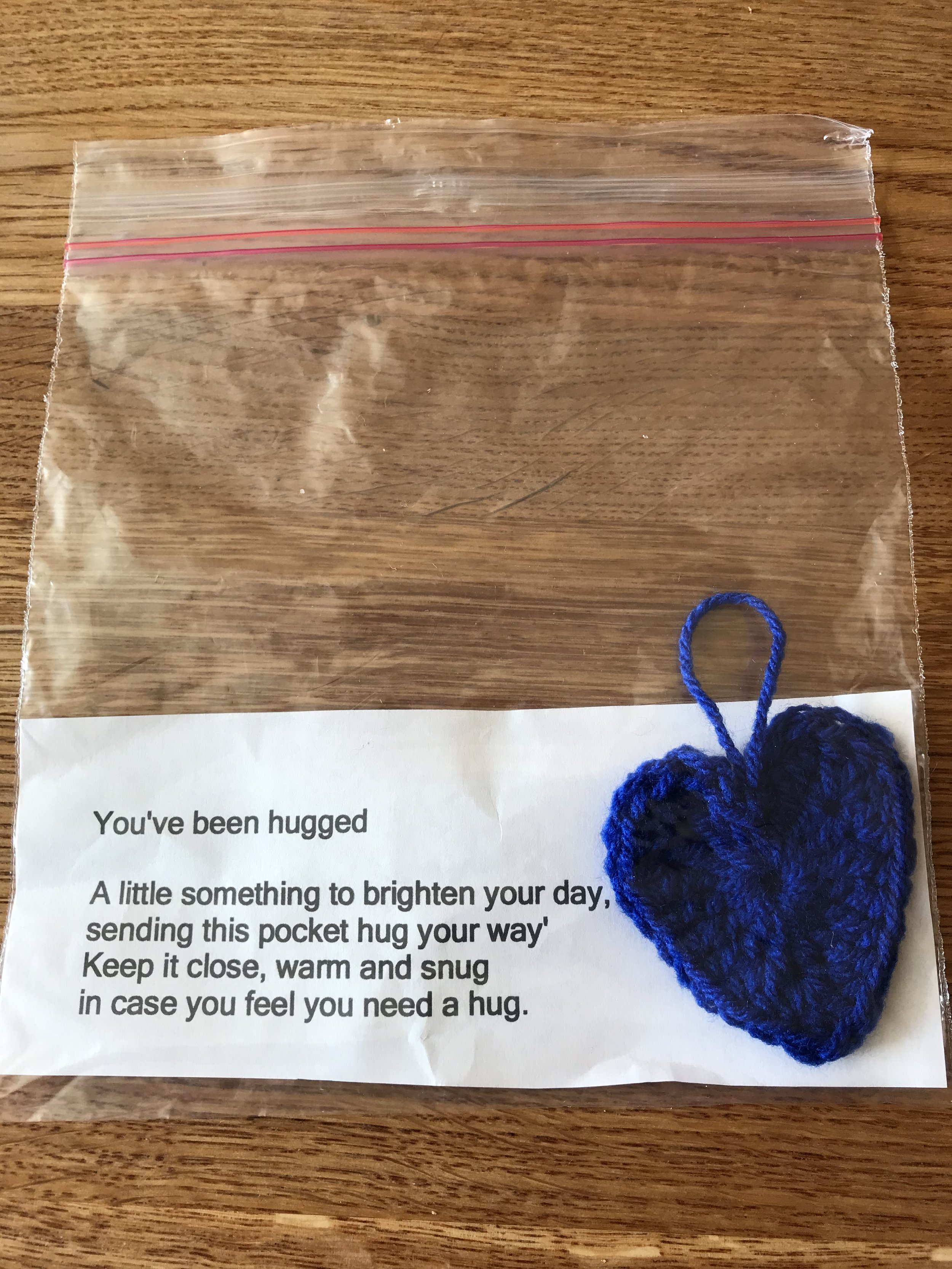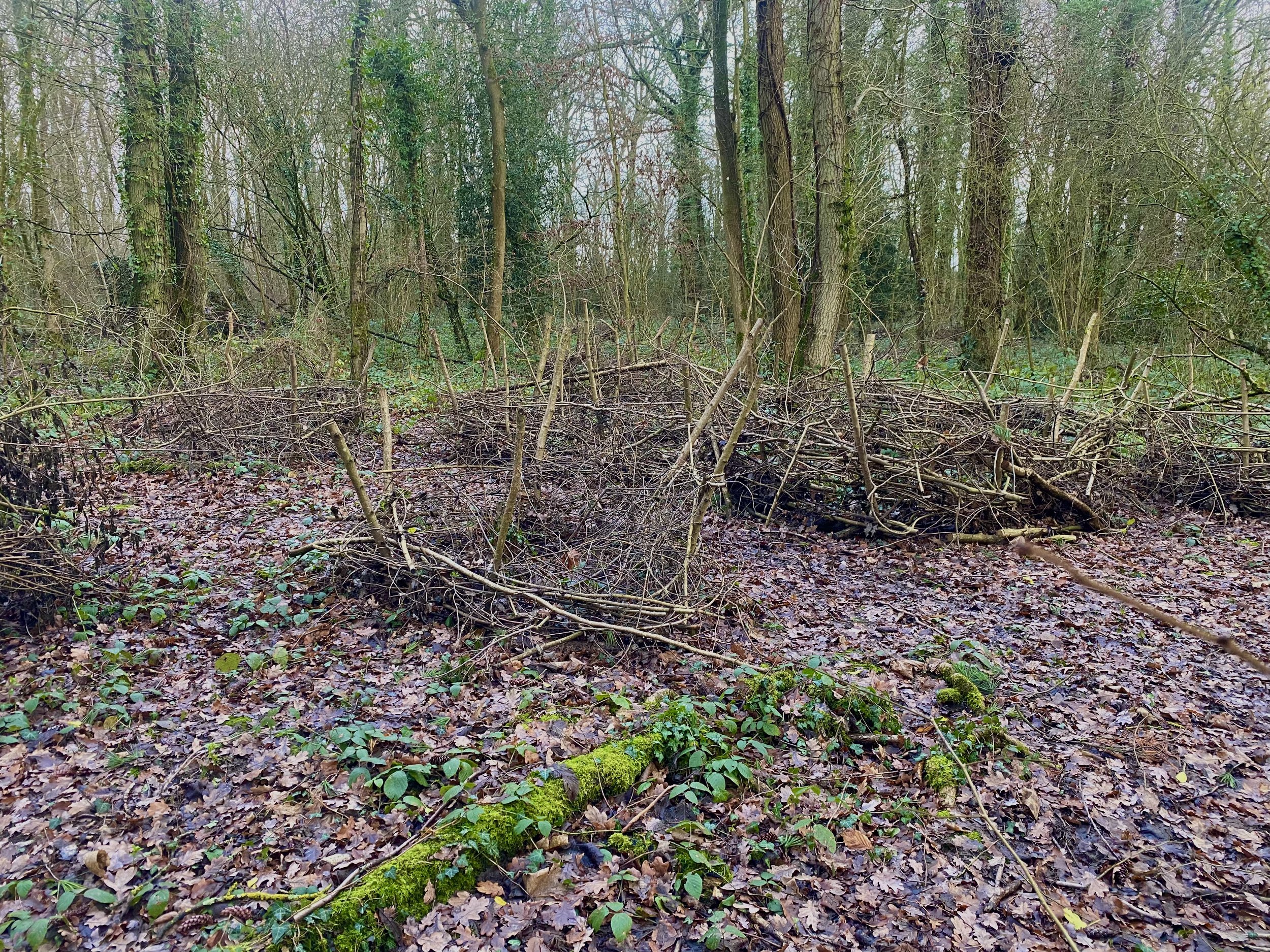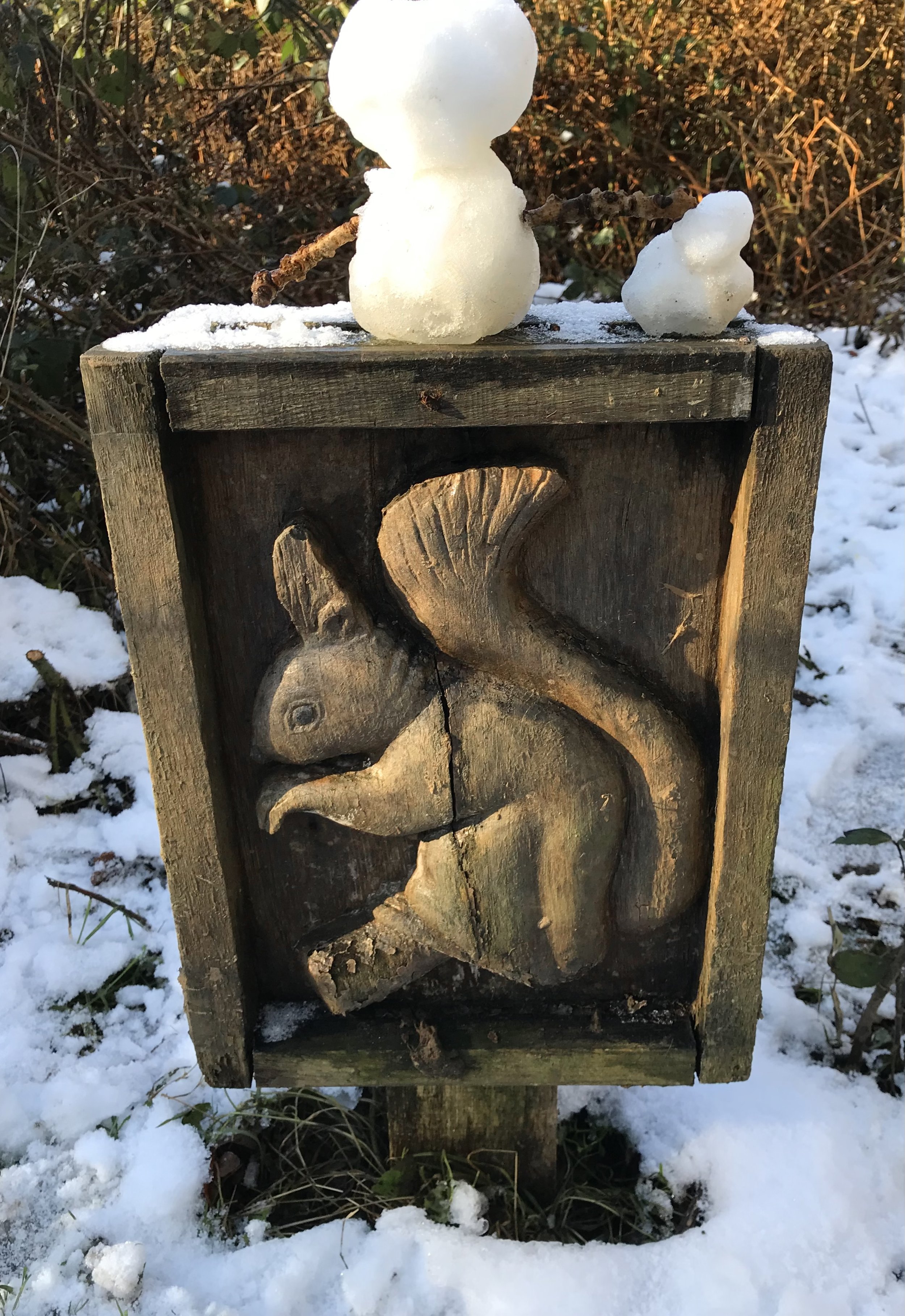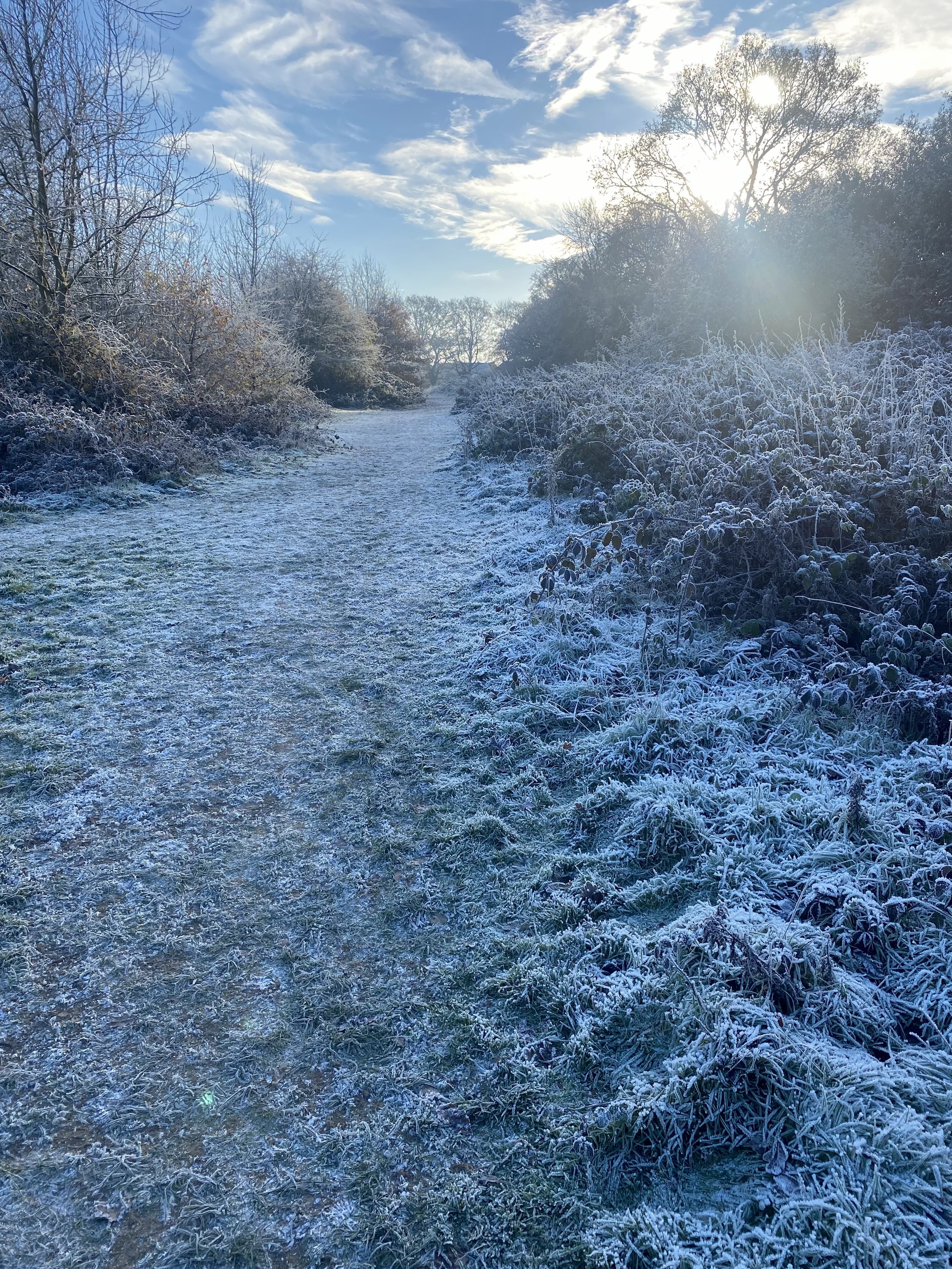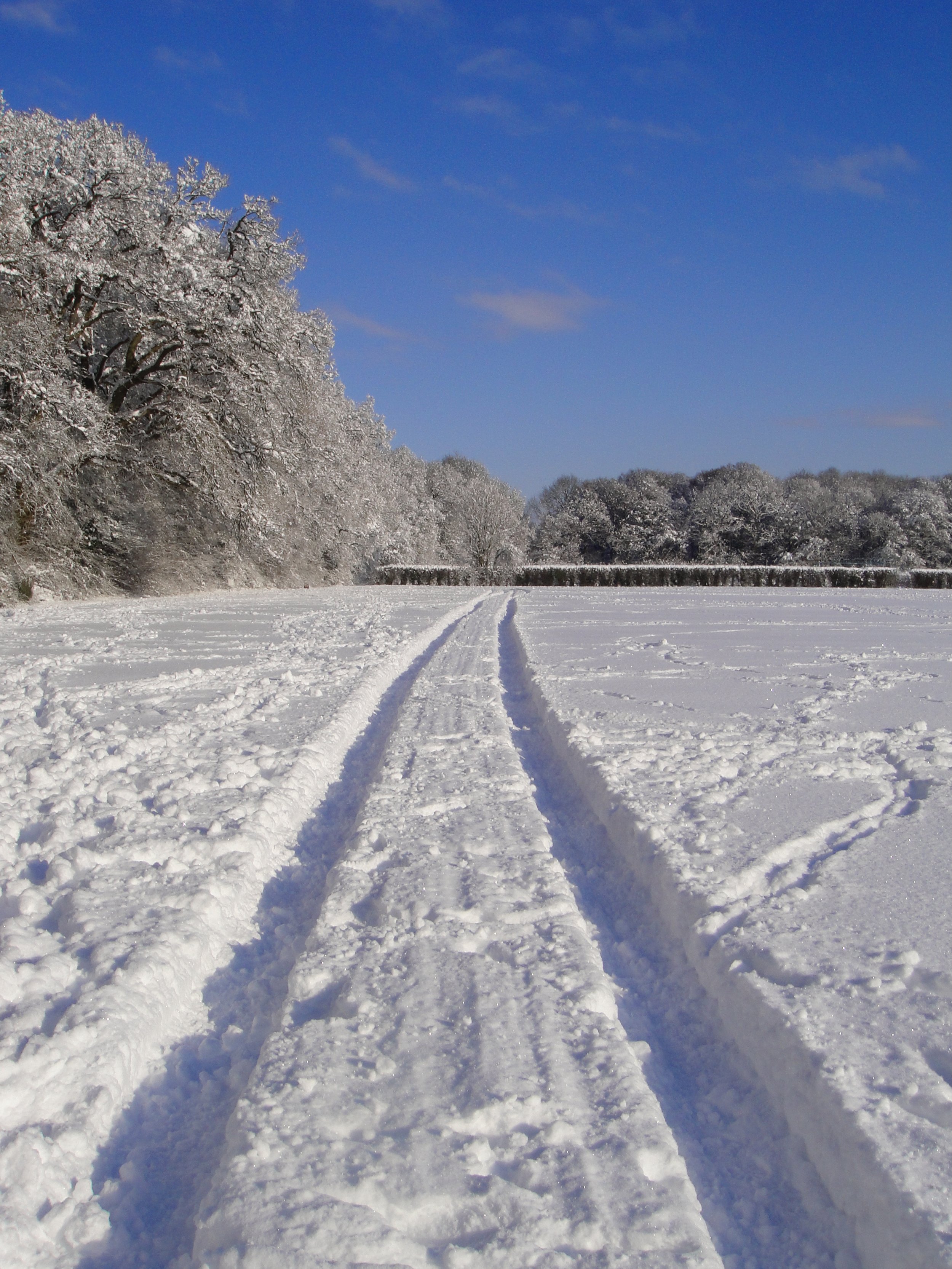Christmas Reads
/As I’ve done before, I thought I would do a quick round up of some of the outdoor books I’ve enjoyed this year, and which might make good presents for Christmas.
Lost in the Lakes by Tom Chesshyre
This is a fascinating book. On the face of it, I did wonder what more could be written about a walk around the Lakes, but there were lots of snippets, facts and bits of history I didn’t know about and found interesting. He takes his walk slowly, along the way interviewing local people for their opinions on a range of relevant topics or discussing their life and work in the busiest of our national parks, as well as describing the beautiful scenery around him. He doesn’t spend his time climbing all the fells, but journeys by some of the lower level paths, and this provides a different viewpoint of this beautiful area.
36 Islands by Robert Twigger
The author has a fascination for three things; Arthur Ransome, islands and the Lake District. In this entertaining book, these are all married together as he sets off in his in his inflatable canoe to visit all the tiny islands situated in the Lakes’ lakes. A voyage of discovery to places few venture, it is an interesting read about these tiny areas that seem to be overlooked, both figuratively and literally.
Wild Fell by Lee Schofield
Lee Schofield works for RSPB Haweswater in the Lake District and, with his team, oversees the running of two sheep farms in the valley with a view to bringing the area, ecologically, back to life. It’s a lovely story of hard work, rewilding, redirecting watercourses, finding rare wild flowers, restoring wetlands, woodlands and meadows and being inspired by work taking place in Norway and Scotland. He has encountered some resistance to change, but he tries valiantly to strike a balance between new practices and respecting the old way of doing things. It’s a really positive, uplifting book about positive and uplifting work that is bringing a small corner of the Lake District back to life again.
Touching the Void by Joe Simpson
This is a mountain classic and if you haven’t read it, I would highly recommend you do. I won’t spoil the plot by even summarising it, but it’s an incredible, gripping story of impossibly difficult decisions, determination through adversity and almost superhuman survival instincts. Brutally raw and emotional, this is a fascinating read about the strength of the human spirit.
Solo by Jenny Tough
I find, as I look through my bookshelves, that I don’t read as many books by women, as by men, surprisingly, and I’m not sure why. This was a Christmas present and I’ve now read it twice, finding it utterly absorbing and totally inspiring. Jenny Tough, an endurance runner, sets herself a challenge to run some of the world’s great mountain ranges, alone and having never done anything like it before. These aren’t small mountains either; think the Andes, Rockies and Atlas mountains, among others. She is brutally honest, not hiding how she feels when she’s hurting, frightened, feeling unwell or unwilling to carry on, and she often ponders on why she’s doing it. I could feel her nervousness and anxiety at times and it made me feel nervous and anxious. I became totally involved with her and her journey and was disappointed when I finished reading that there wasn’t more. Really well written and a real achievement.
Time on Rock by Anna Fleming
This was another Christmas present and, as with Solo, shortlisted by the Kendal Literary Festival last year. I also really enjoyed this book, and loved the narrative of how it feels to climb as a woman. Slightly reminiscent of Nan Shepherd’s The Living Mountain, this tells the story of Anna’s journey from novice to confident climber and the appreciation of the landscape around her when she is climbing. Divided by climbing region, (the Peak District, Yorkshire, Wales etc), she explains the challenges of a woman climbing; how it feels, her fears, the demands, her self discovery and her joy. A lovely story and well worth reading.
All that remains is wish everyone a very healthy and Merry Christmas and a Happy New Year!

